There can be your advertisement
300x150
Mirrors in Interior Design
Mirror - a wonderful interior design element. Since ancient times, it has been attributed magical properties - people searched for their other half and foresaw the future in its reflection. In modern times, the mirror has become a household item serving practical and decorative functions.
Functions of mirrors and placement rules
The magical decorative item is unjustly neglected in attention. Usually, its influence area does not extend beyond the bathroom and hallway, but the utilitarian function of mirror surfaces is gradually fading into the past. Proper use of mirrors in interior design can breathe new life into familiar surroundings, filling living spaces with light and air.
The potential of a reflecting object is truly great. When designing a home, it's important to remember its main functions:
volume correction of the room - mirrors are true saviors of narrow corridors and small rooms. The difficult task cannot be solved alone - to create a visual illusion and increase space, several decorative items of different sizes are needed;
light reflection - a large mirror in the floor will fill the room with natural light, and a mirror surface behind a chandelier, wall sconce, or lamp will increase the room's illumination level;
correcting interior flaws - non-standard configuration, protrusions, arches, communication routes will 'dissolve' in the air when used properly with a reflecting decorative element, not drawing unnecessary attention.
 Design: Pavel Naumenko and Alexander Kozlov
Design: Pavel Naumenko and Alexander Kozlov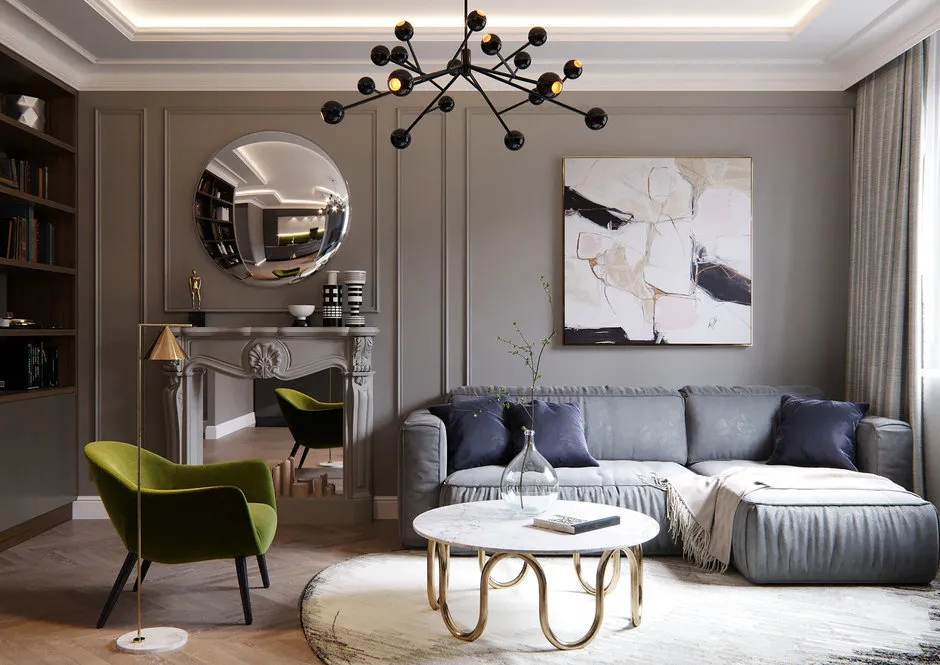
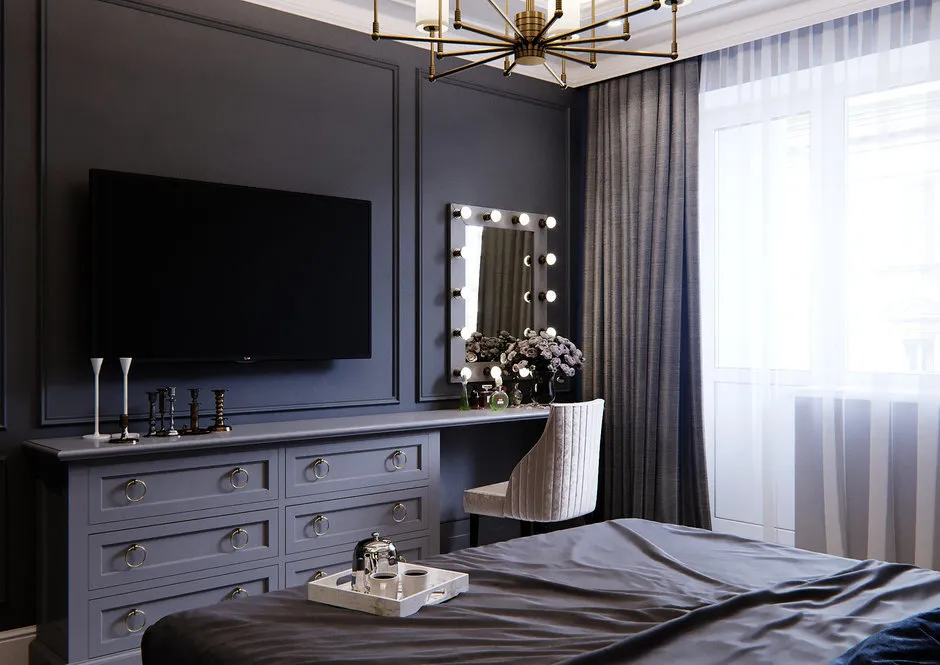
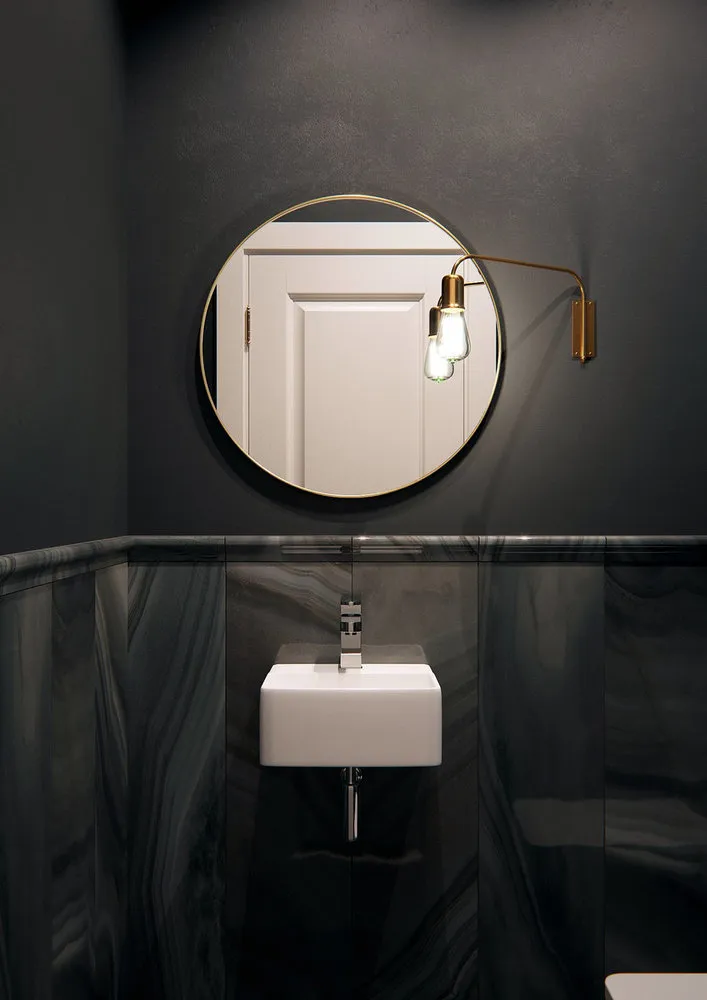
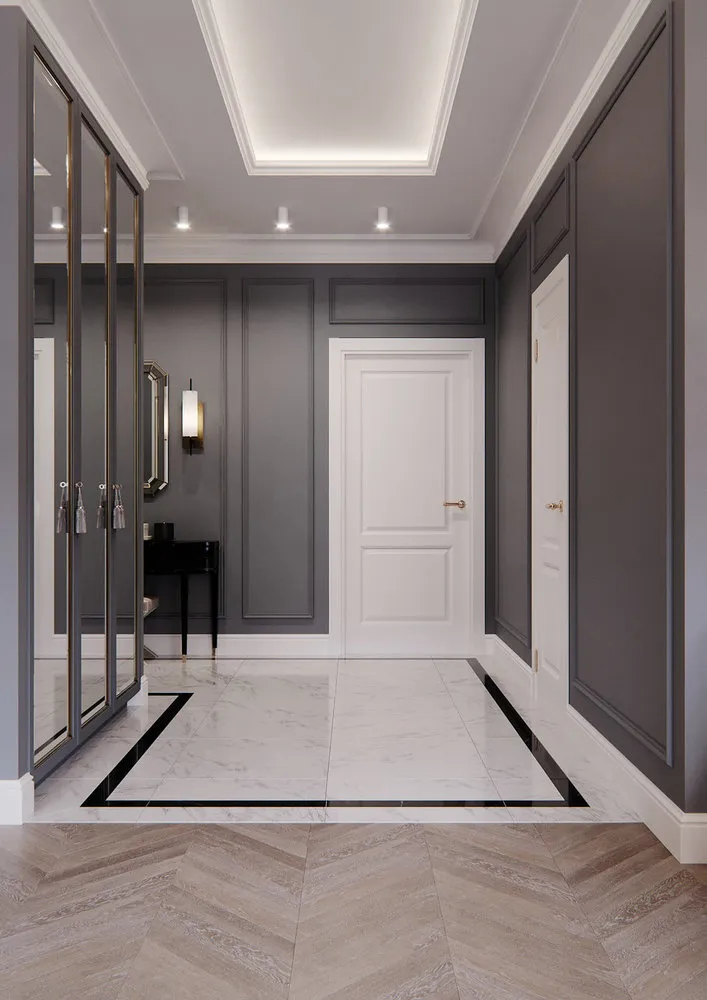
Mirror - a universal helper in creating a unique interior. Original decor will add the home a note of individuality and unmatched glamour. When developing a design project, simple placement rules should be followed:
direct sunlight rays are harmful to its surface (it fades). Diffused natural light is needed;
it is not recommended to place a mirror next to large furniture items (a large sofa, an oversized cabinet or wardrobe), as this creates the effect of excessive volume;
quantity matters - optimal option is 2-3 units for bedroom, bathroom, and hallway (to full height and up to shoulder level);
parallel placement in narrow corridors and rooms has a negative effect on the human psychological state.
Size is also important for functional use of mirrors. Optimal height: 1.4 m - to full height; 0.6 m - up to waist level; 0.4 m - head and shoulders. Width - at least 0.4 m. The placement must be strictly vertical, as a surface with an incline distorts the reflection.

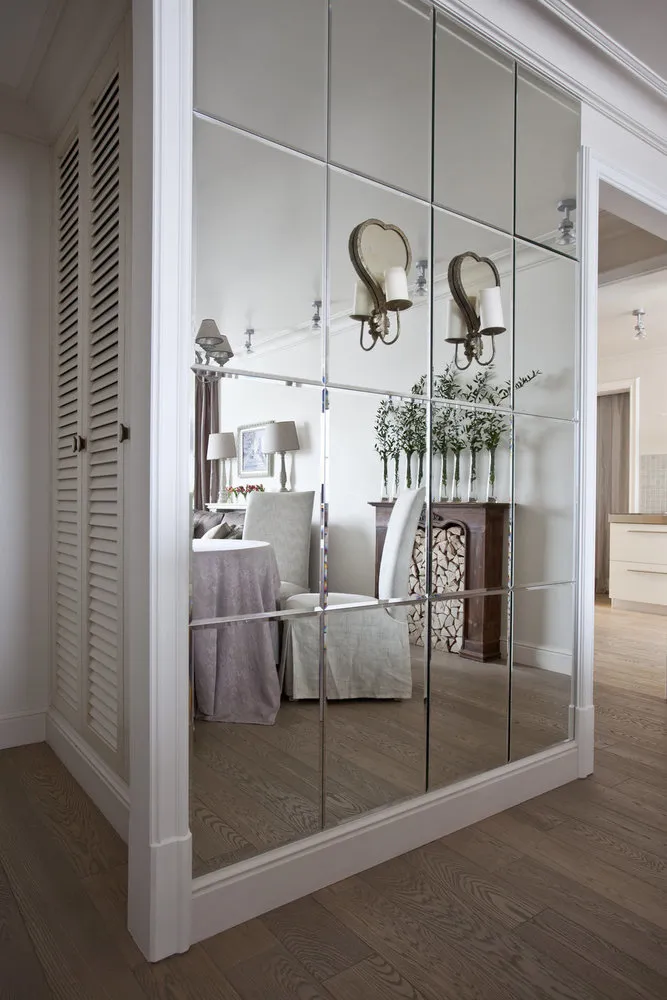
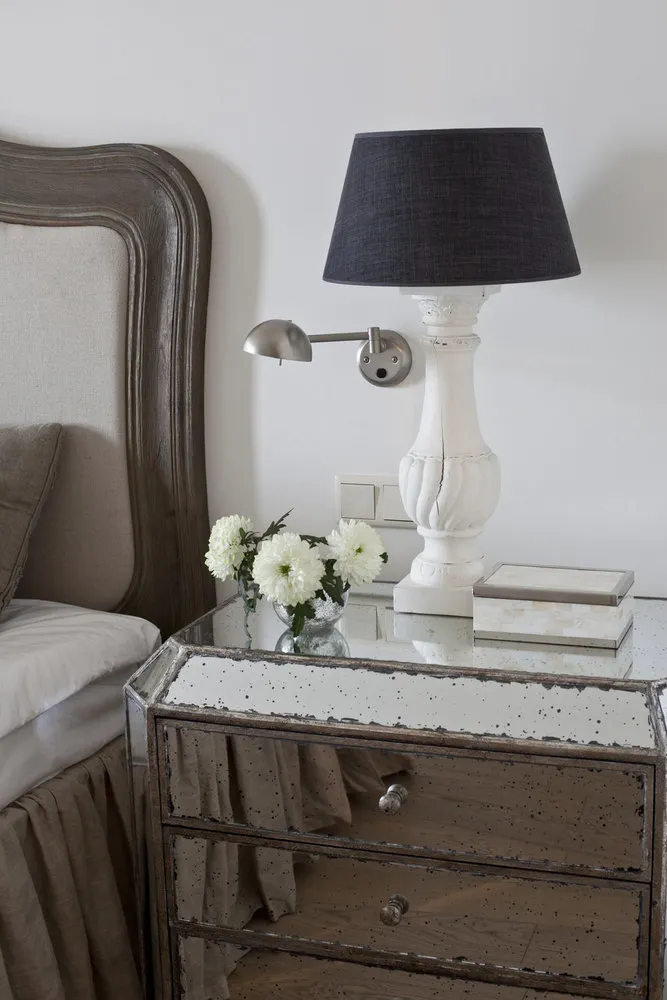
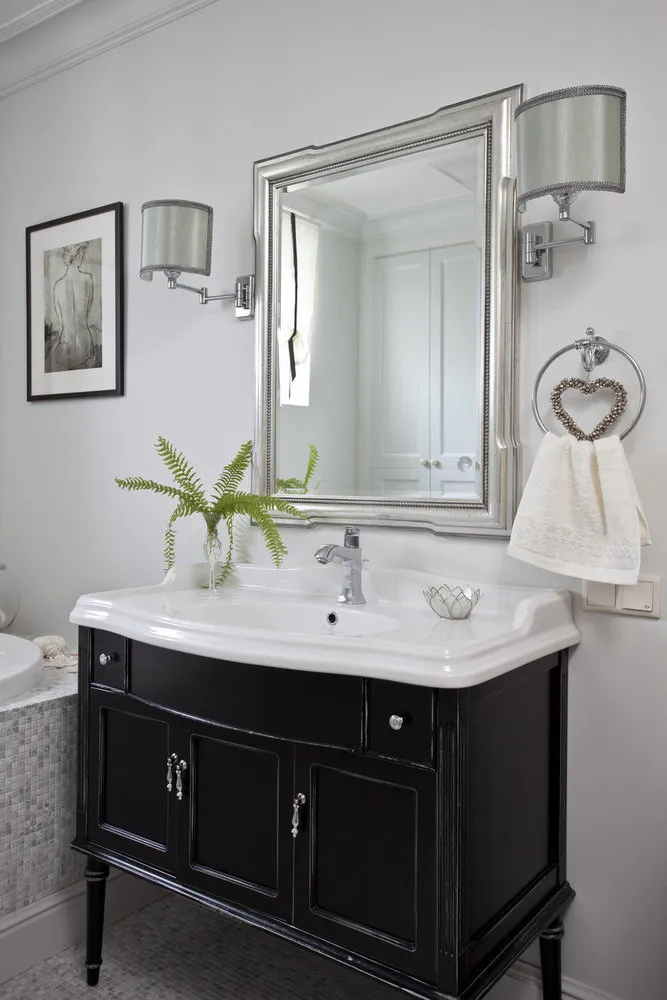 Design Ludmila Krystal
Design Ludmila KrystalMirrors in various rooms
When choosing mirrors for the house, you need to approach it with maximum responsibility. The selected interior style directly affects the placement, shape, and dimensions of the decorative item. Fortunately, today's construction market offers a wide range - large and small, minimalist and strict, with printed patterns, crystals, and gilding, artificially aged, and ultra-modern. Original mirror mosaics and panels made from fragments will set bright accents in the room.
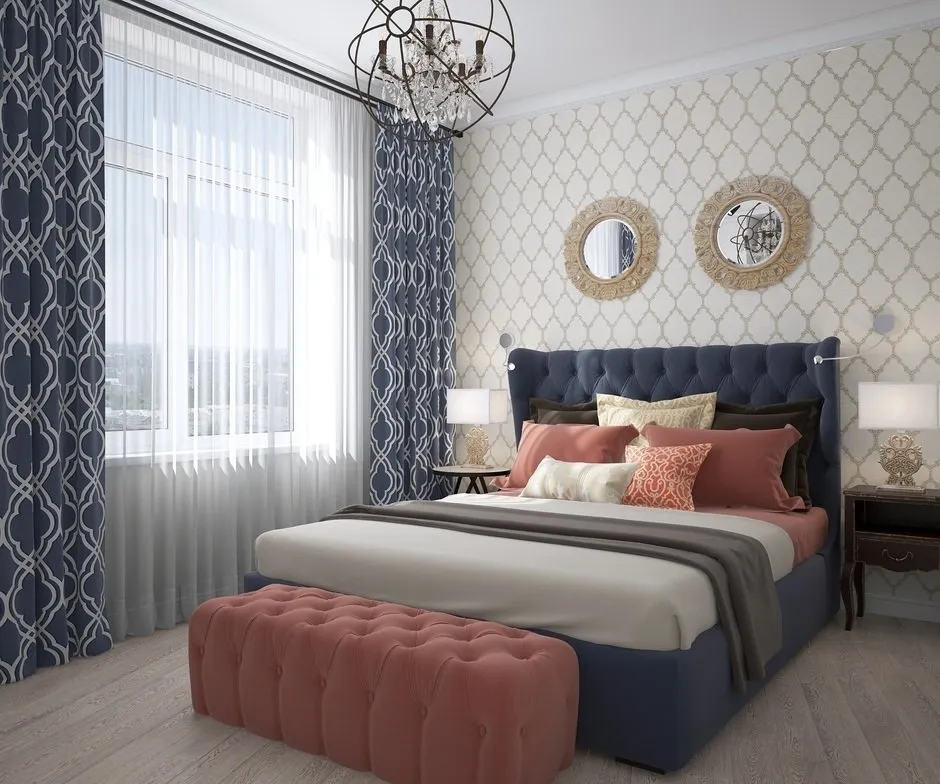 Design: Inna Azorska
Design: Inna Azorska

Living Room - the place of meeting
The space above the fireplace has become a traditional location for mirrors. In the previous century, people placed several candelabras on the fireplace shelf. The light reflected and multiplied, gathering family members around them in warm evenings. In modern times, the direct need for candles has disappeared. But designers took this approach to heart. A mirror in a heavy bronze frame above the fireplace creates a special atmosphere of warmth and becomes the center of the living room.
The spirit of classicism will be highlighted by a wooden frame, and the absence of neo-style - the main thing is the unusual form. In multi-faceted cottage style, emphasis is placed on the combination of simplicity and originality - the frame will be made from wicker or simple branches, but the surface will have a non-standard design.
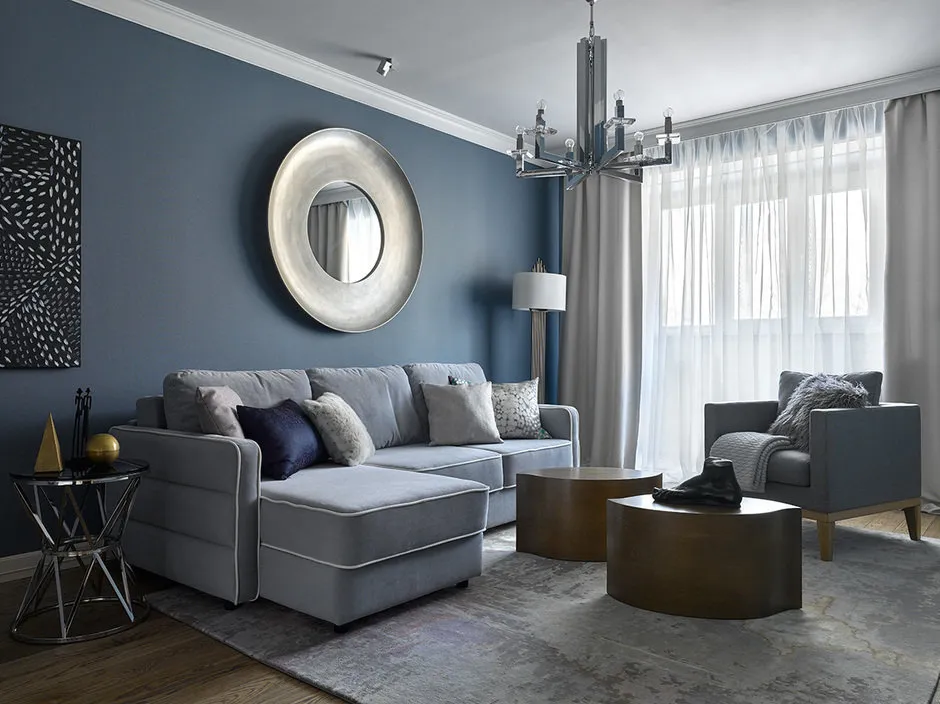 Design: Arthur Minakov, Julia Fedotova
Design: Arthur Minakov, Julia Fedotova 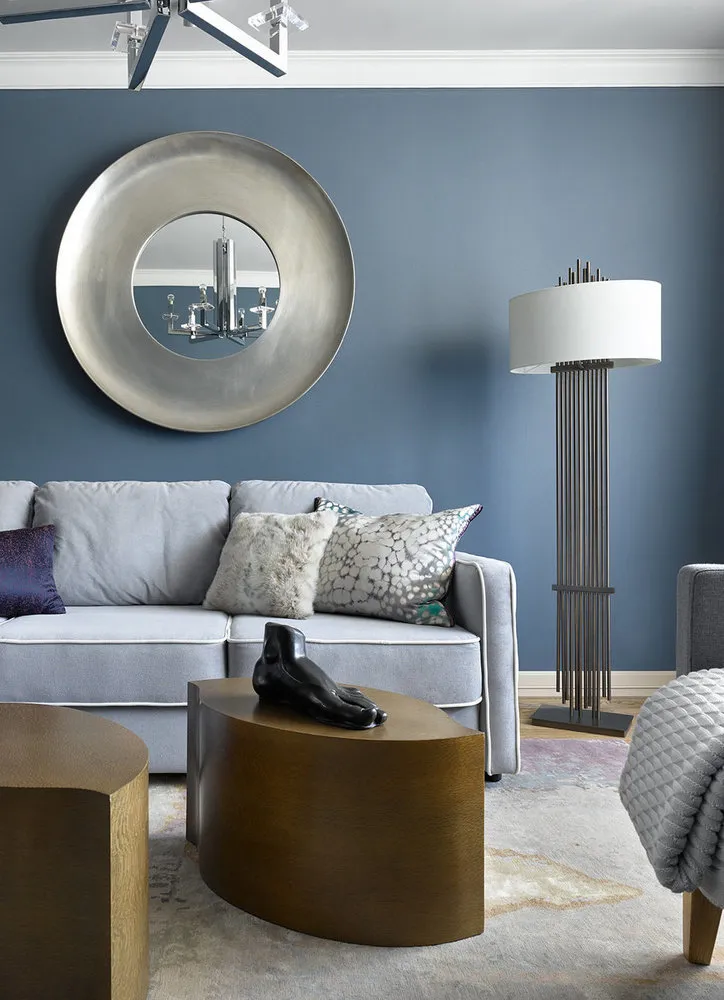
 Design Julia Solovyova
Design Julia Solovyova 
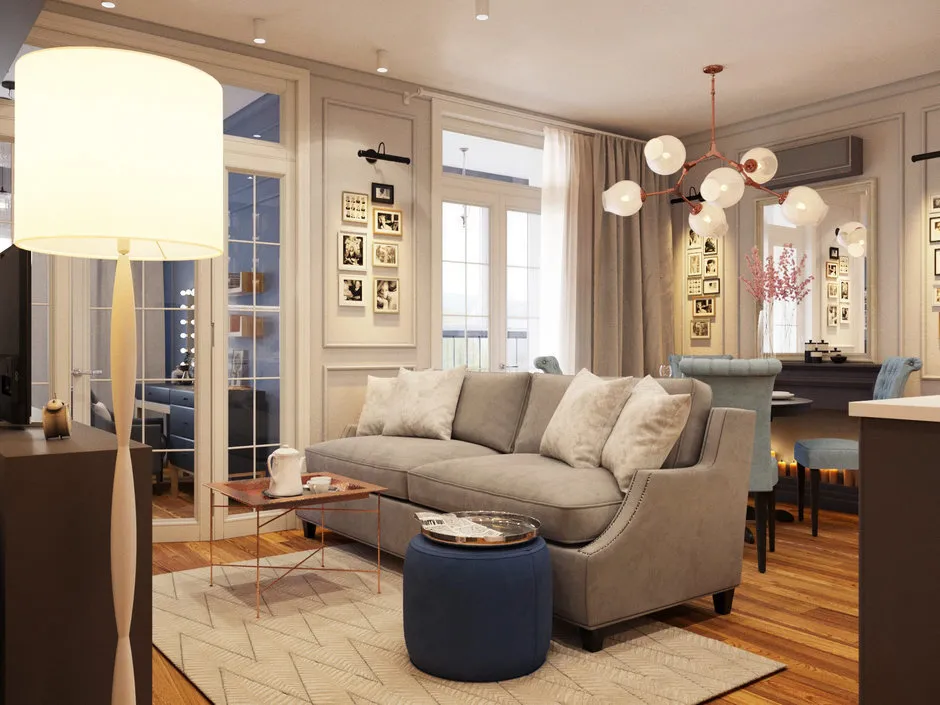 Design: General Area Studio
Design: General Area Studio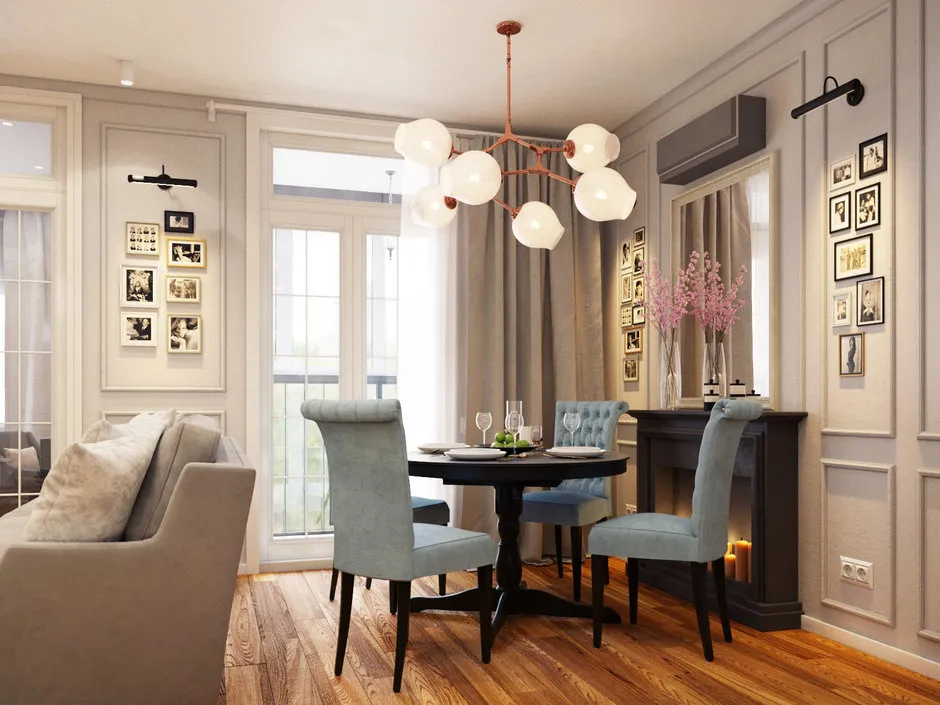
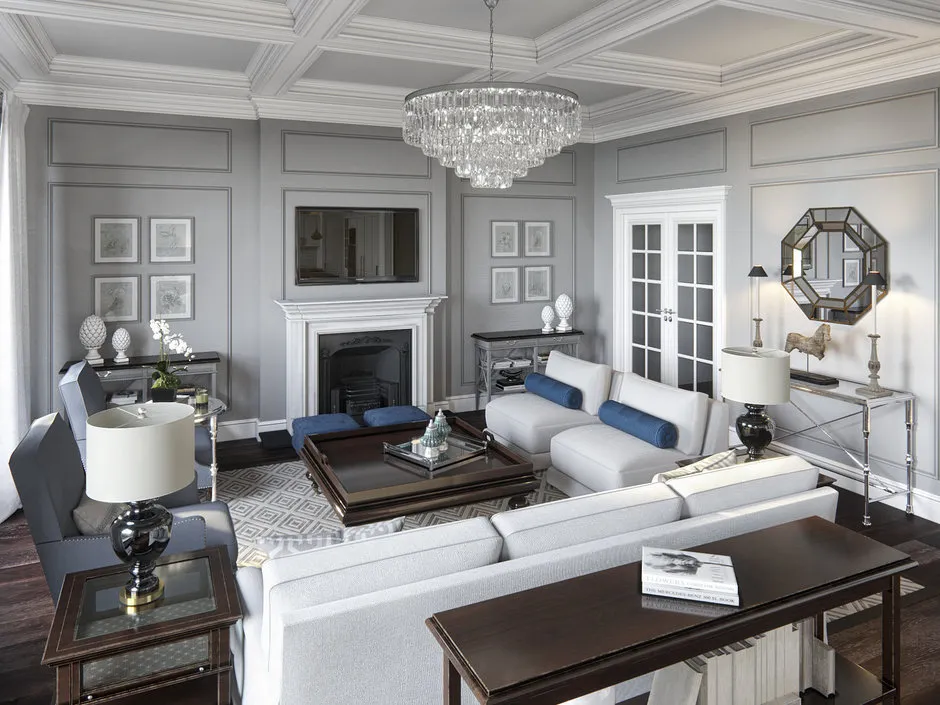 Design: Svetlana Chepikova
Design: Svetlana Chepikova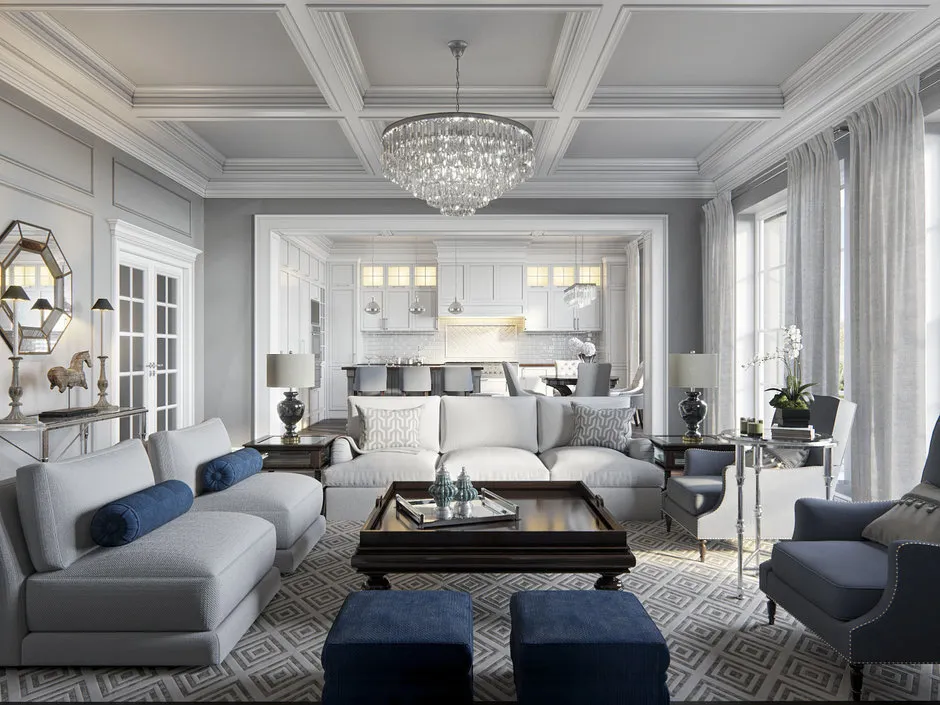
Bedroom - the realm of sleep
Over the last decade, mirrors in the bedroom, primarily, are associated with wardrobes that occupy a large part of the space. Undoubtedly, this approach allows comfortable storage and trying on of the wardrobe in one place. The downside of this solution is the lack of character in the interior. But mirror inserts are not the only option for using reflecting surfaces. Panels made of several parts or mosaics near the headboard will become a decoration for the bedroom. Mirrors above bedside tables behind table lamps will emphasize the geometry of space and fill it with soft light. A vanity table with a reflecting decorative element will highlight the elegant and feminine style of the room.
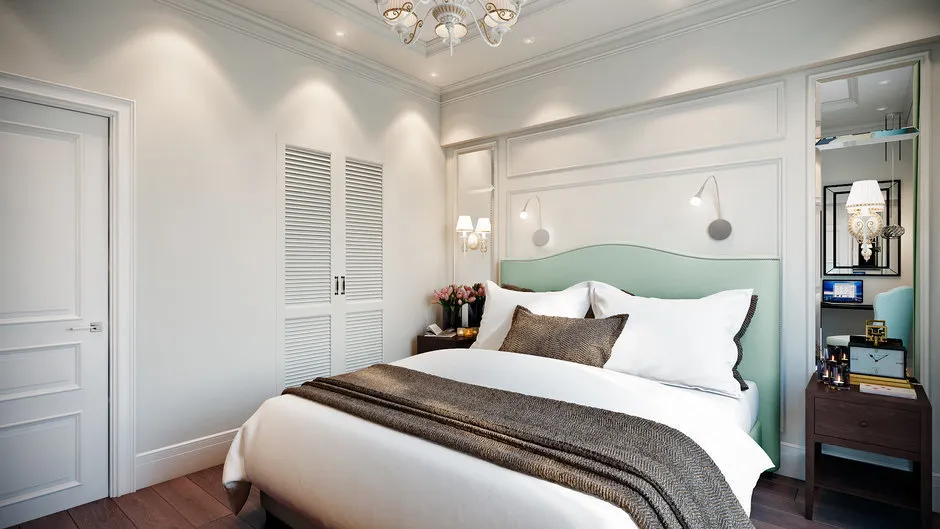 Design: Co:Interior
Design: Co:Interior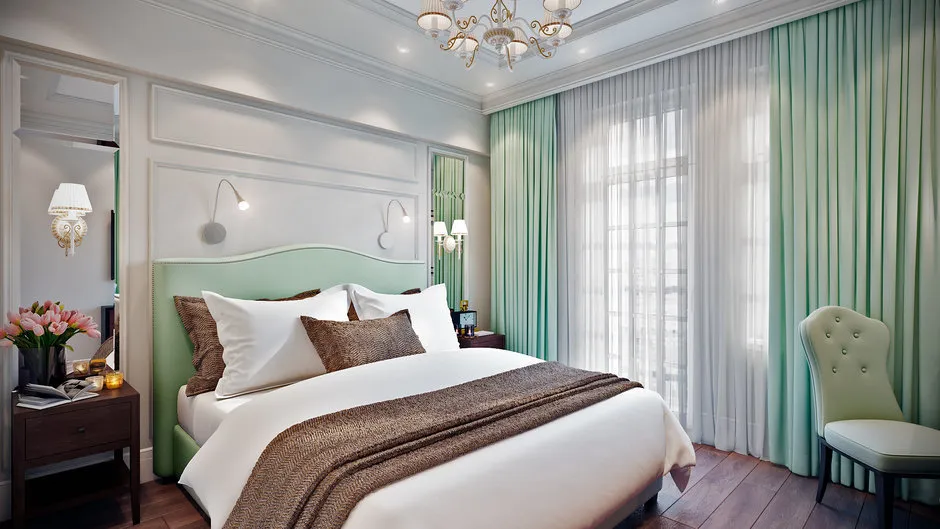

 Design: Valeria Belousova
Design: Valeria Belousova 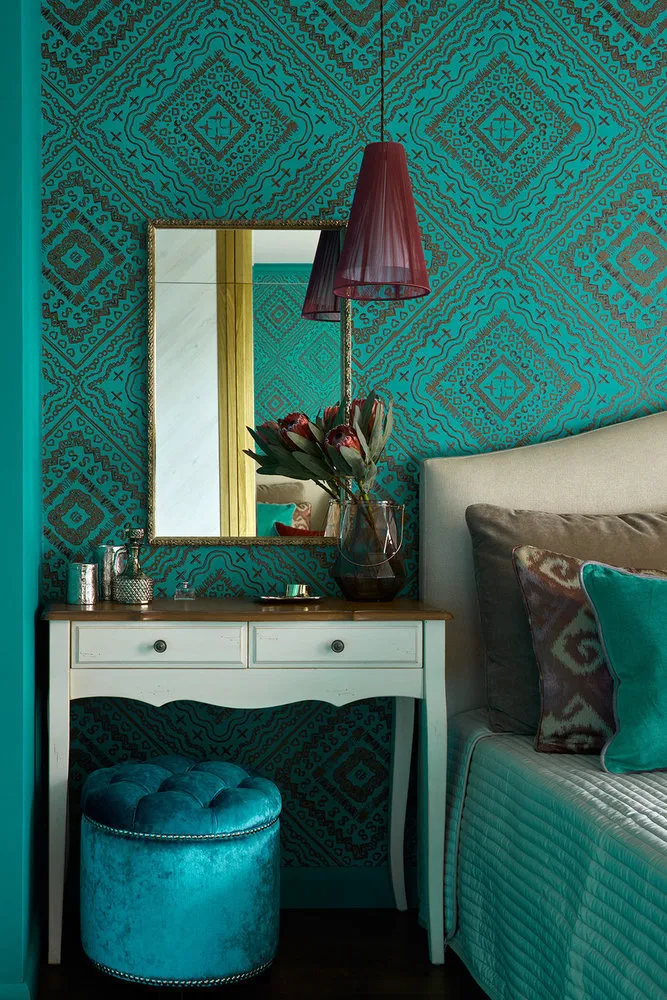
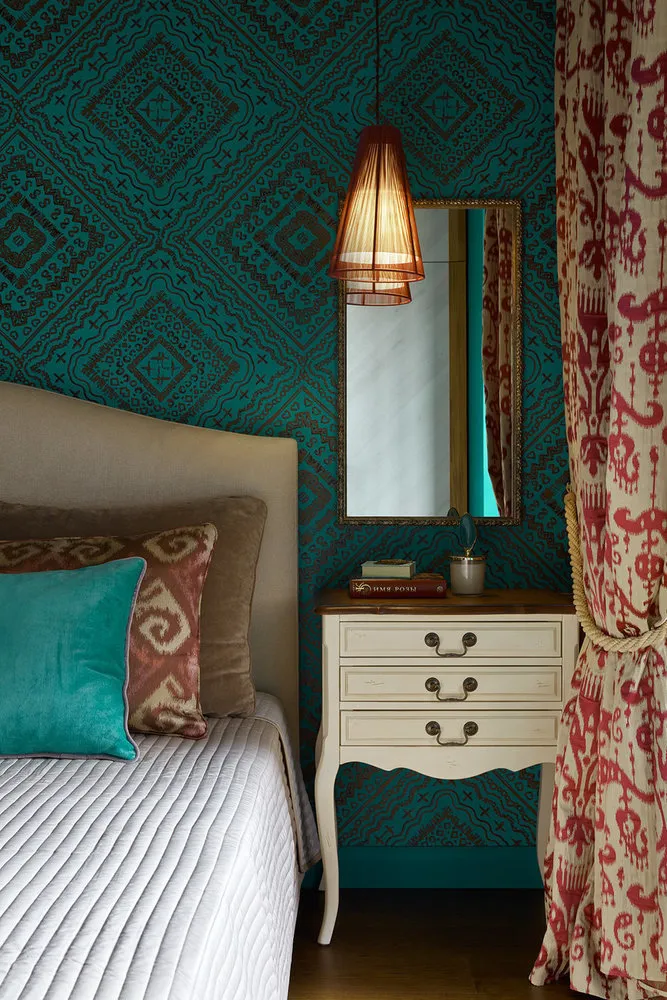
Bathroom - clean harmony
Harmony in the design and interior items extends to the bathroom as well. Traditionally, mirrors are placed above the sink. If the room size allows, there can be two of them. Additionally, another small one can be placed for makeup application (on a stand or with a folding mechanism). The frame should resonate with the chosen style. The room will gain a special touch with a mirror surface of an unusual shape. Choosing a light color palette and placing a large number of spotlights will visually increase the space. When selecting a mirror for the bathroom, attention should be paid to models with water-repelling surfaces.
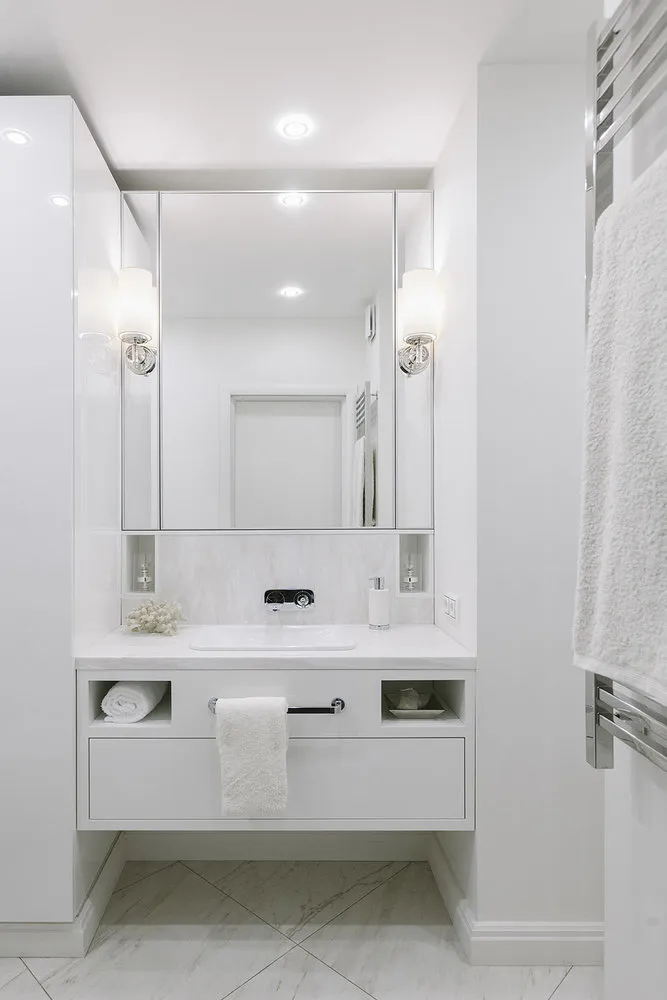 Design: Olga Kulikovskaya-Eshbi, Interior Box
Design: Olga Kulikovskaya-Eshbi, Interior Box 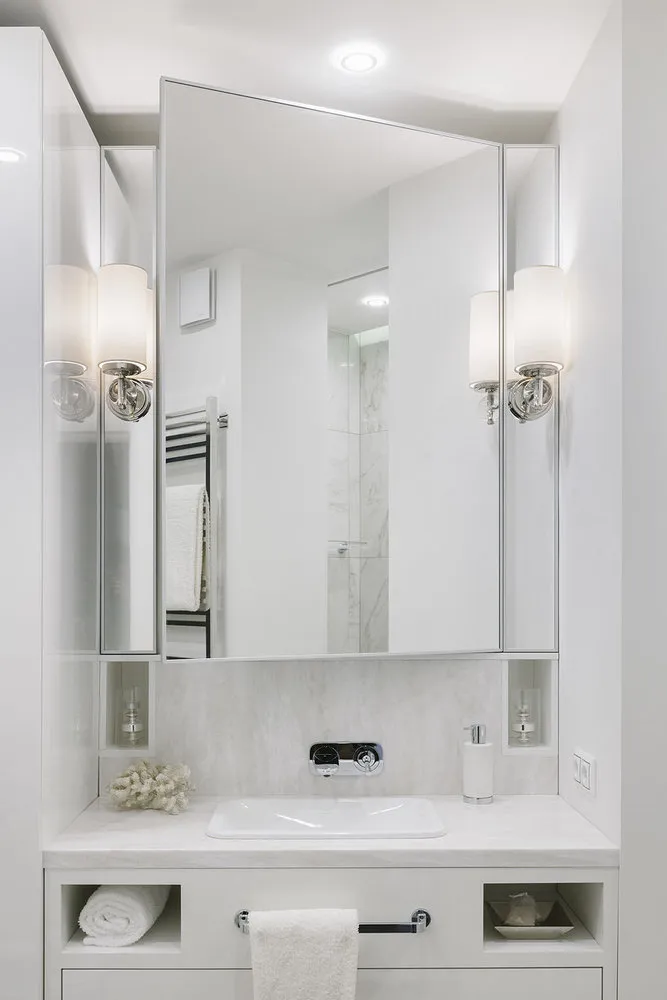
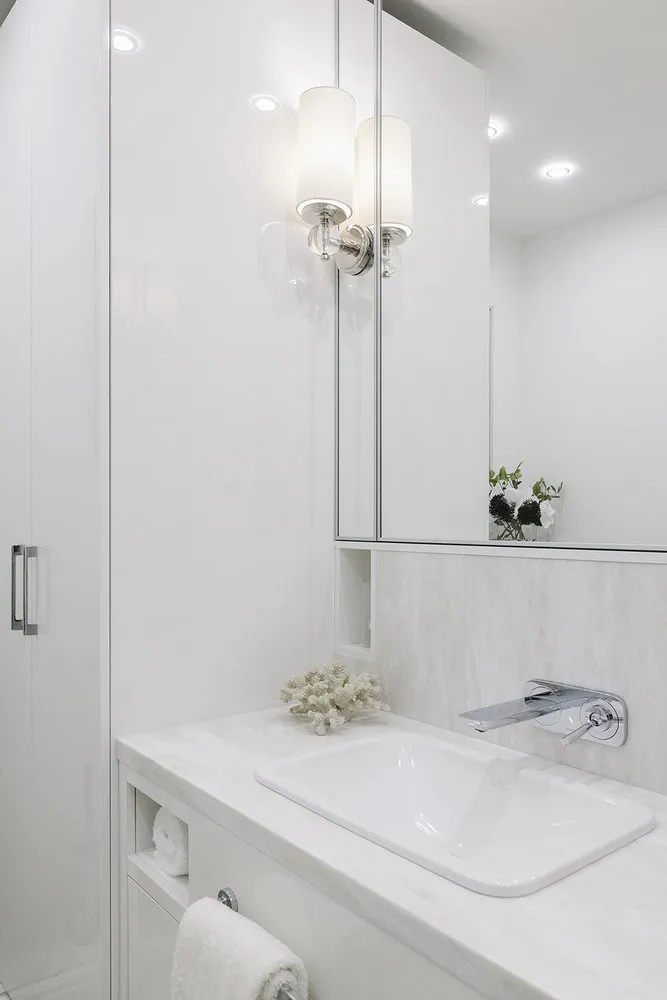
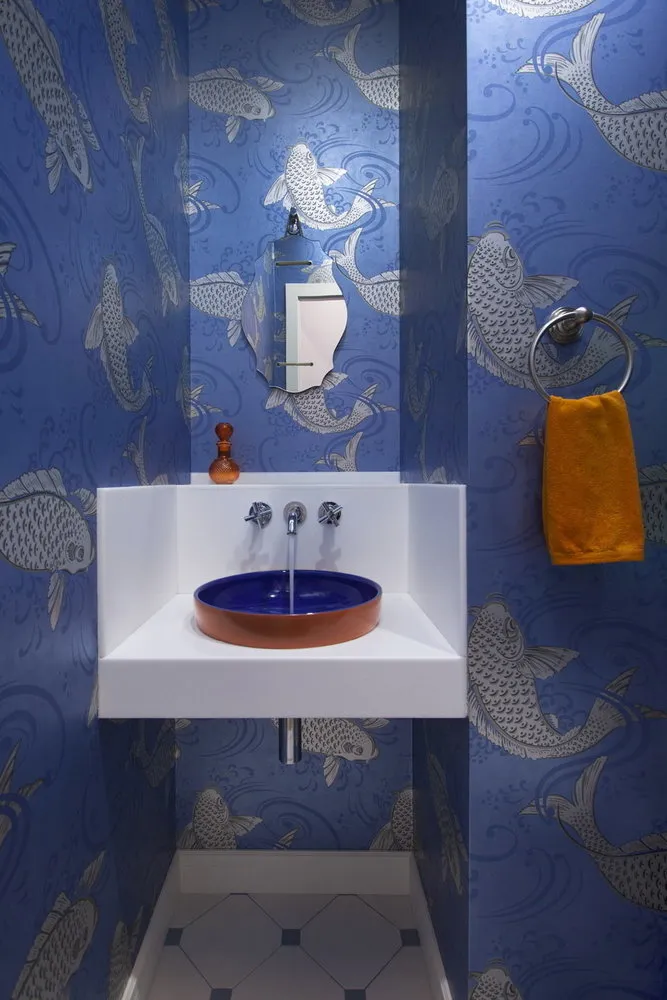 Design: Katya Chistova
Design: Katya Chistova
Hallway - the face of the house
Mirrors have long become a classic element of interior design for hallways. Here, they are indispensable. The difficulties in arranging arise from small dimensions, so it's best to immediately abandon bulky furniture. A good solution would be a full-height mirror opposite the exit or directly on the door. Another round, small-sized one will fit well into the surrounding environment. Don't forget about lighting - it is extremely necessary here. Illuminating necessary details of the interior and the mirror itself, the space visually appears larger. For a small hallway, it's necessary to purchase minimalist mirror models without elaborate elements. Large dimensions allow for using large forms and unusual details.
 Design: Oleg Mintz
Design: Oleg Mintz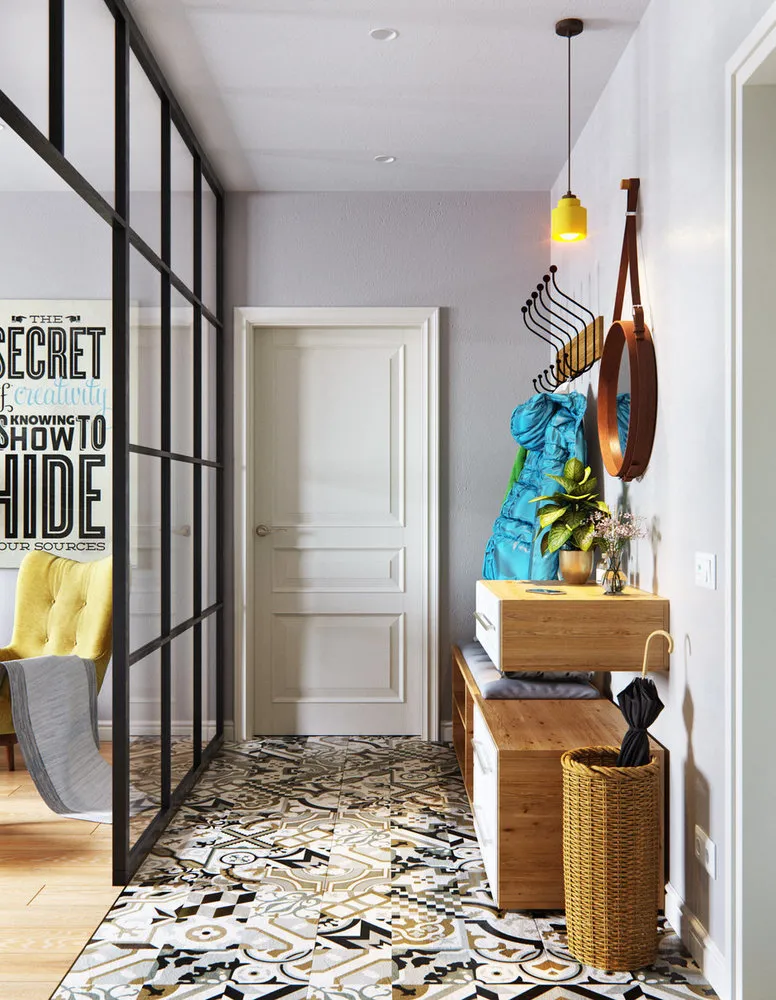

Dining Room and Kitchen - tasty reflections
Mirror surfaces in dining rooms and kitchens usually serve a decorative function. It is recommended to place all decorative items with reflecting parts near the dining table at eye level for a standing person. It's not recommended to see yourself during meals. Psychologists, like Eastern practices, have a negative view of such phenomena.
In dining room interiors, mirrors are used as an alternative to back panels of display cabinets and buffets. Magical flashes of crystal glasses and the shine of tableware multiply, bringing aesthetic pleasure to the home's inhabitants in classical style.
In kitchens, reflecting items are used as a separate decorative element or furniture in neo-style or high-tech. Countertops, cabinet fronts, range hoods, and large household appliances are made in the spirit of modern technology.
 Design: Marina Sarkisyan
Design: Marina Sarkisyan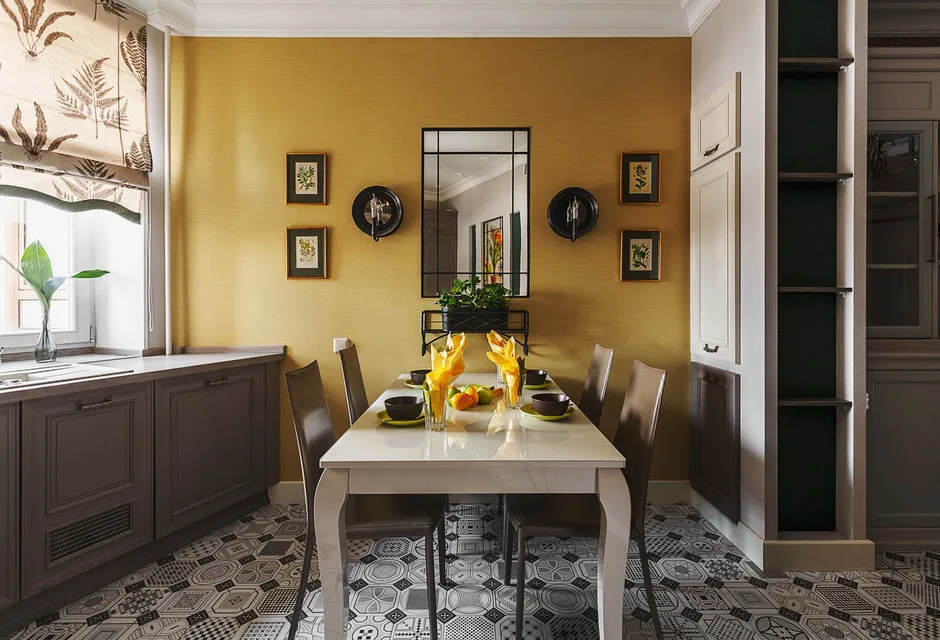

Placement options for mirrors
Throughout the history of architectural and interior development, mirrors have changed their location, shape, and size. With this, their framing and painting designs have also evolved. Properly selected frames can transform a dull interior or, on the contrary, overload it with unnecessary details.
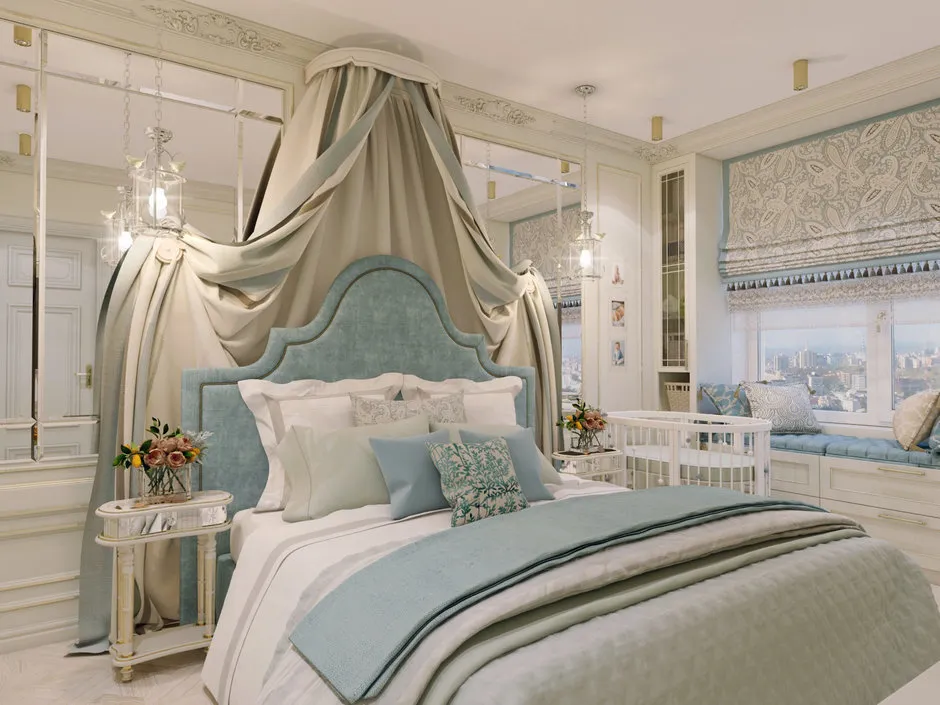 Design: Yana and Yuri Volkovs
Design: Yana and Yuri Volkovs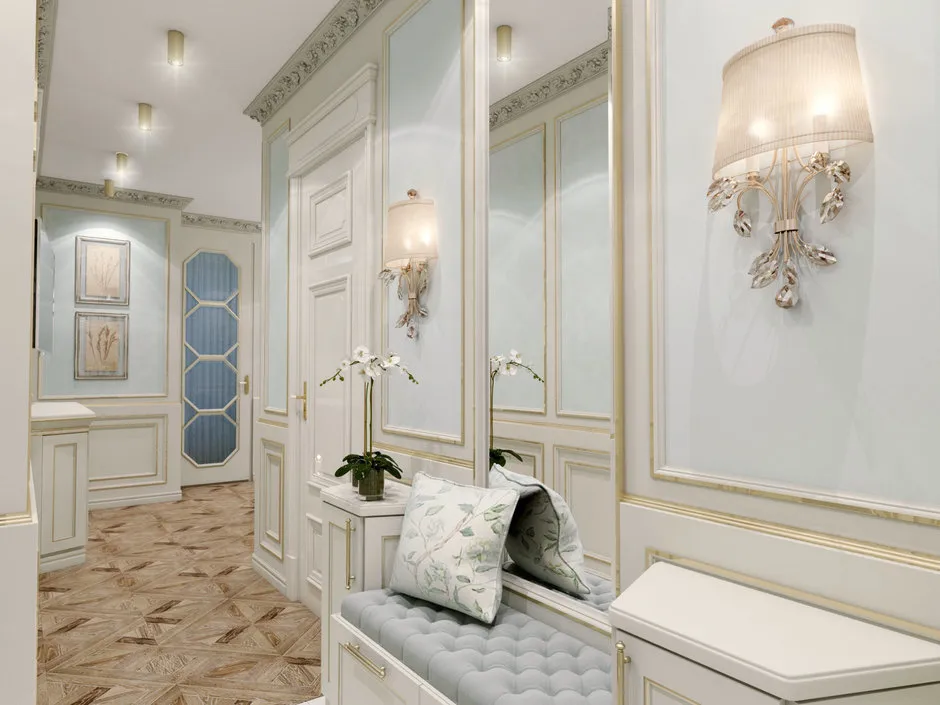
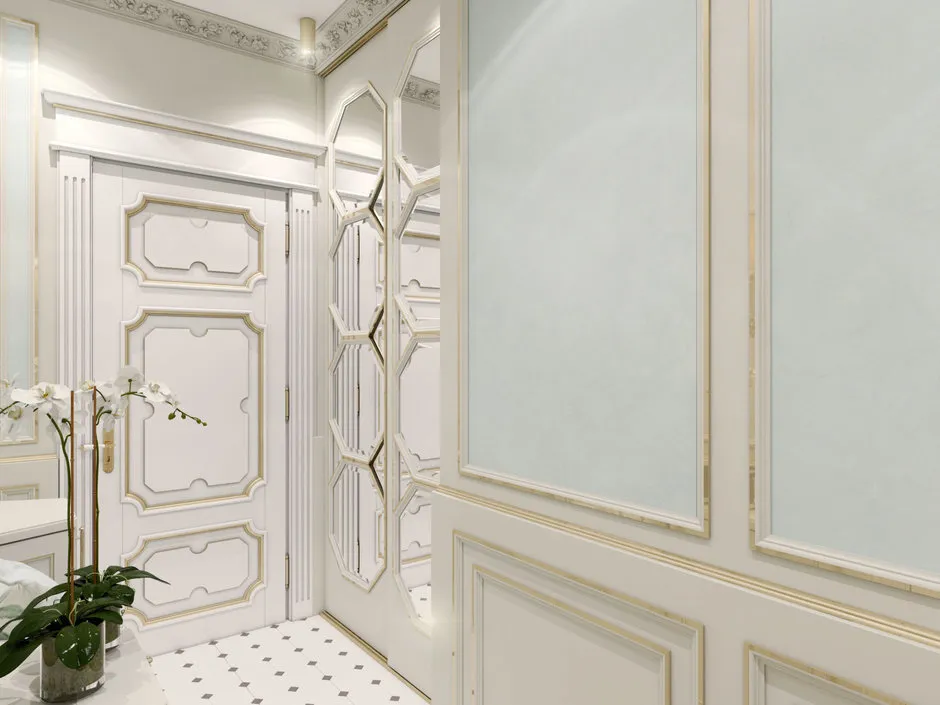
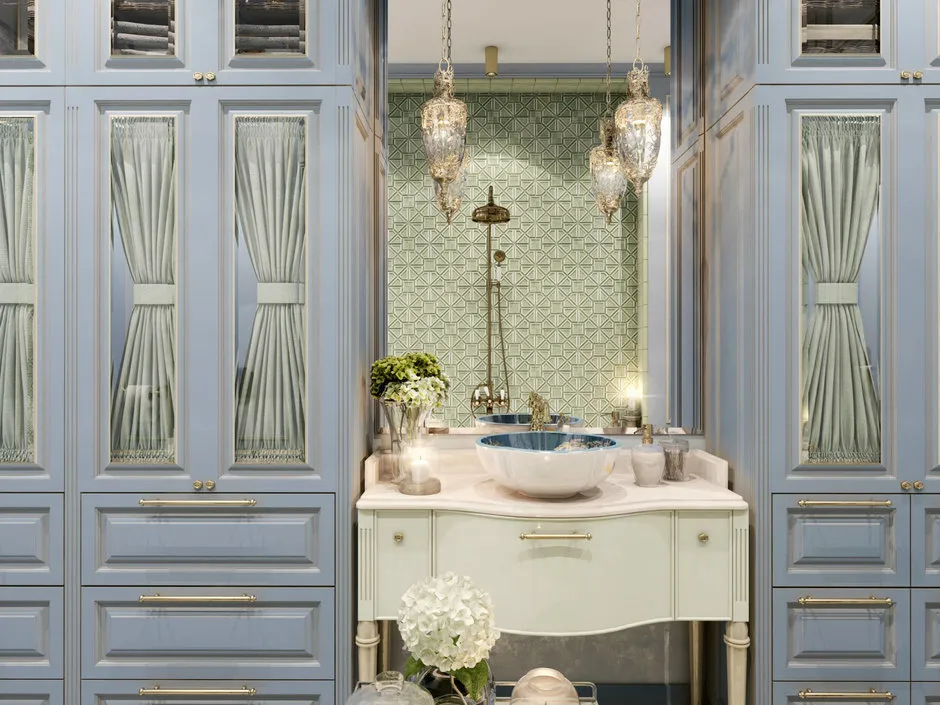
Frame - space for ideas
Each style corresponds to elements that characterize it. This applies to the decorative framing of mirrors as well. Richly decorated with cornices, a portal harmoniously fits into baroque or loft interiors. Elaborate lines and curls in bronze and rich red wood tones will highlight the luxurious taste of the home's owners. The sophistication of classical style will be reflected in a strict geometric mirror in a thin gilded frame.
A mirror without a frame of non-standard shape and size will fit perfectly into a modern interior with techno elements.
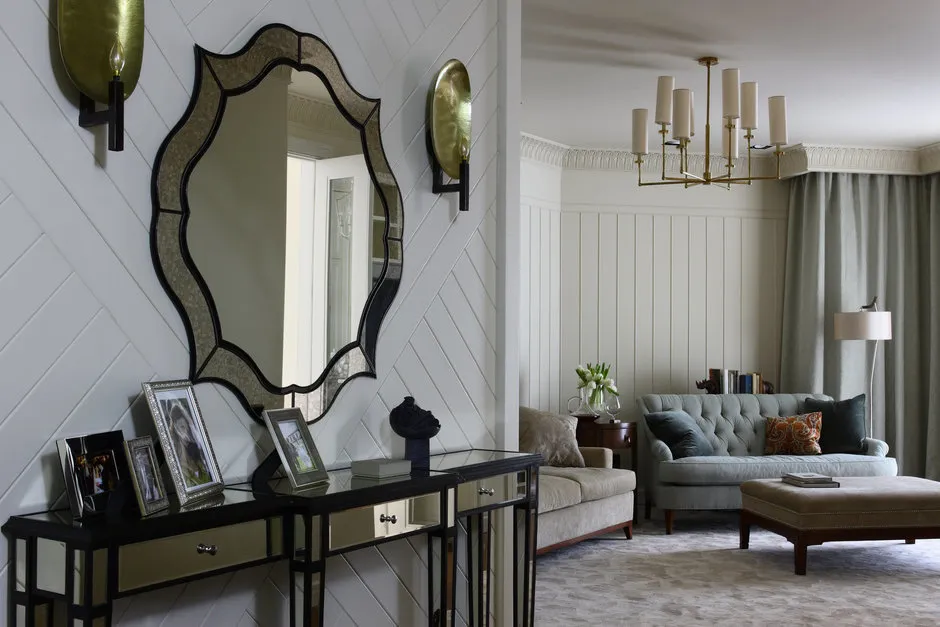 Design: Elena Lenskikh
Design: Elena Lenskikh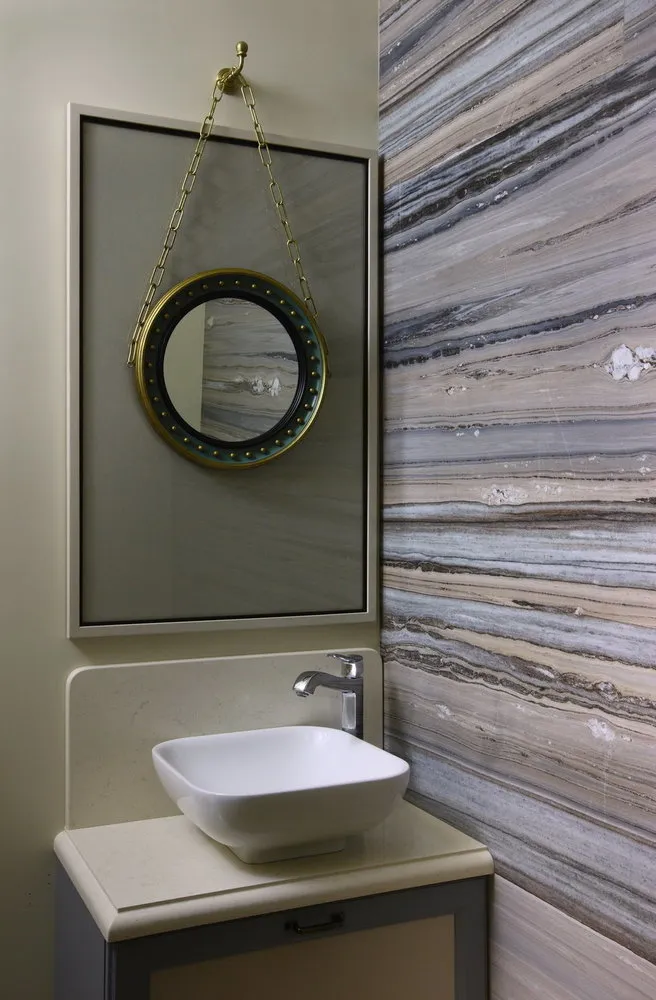
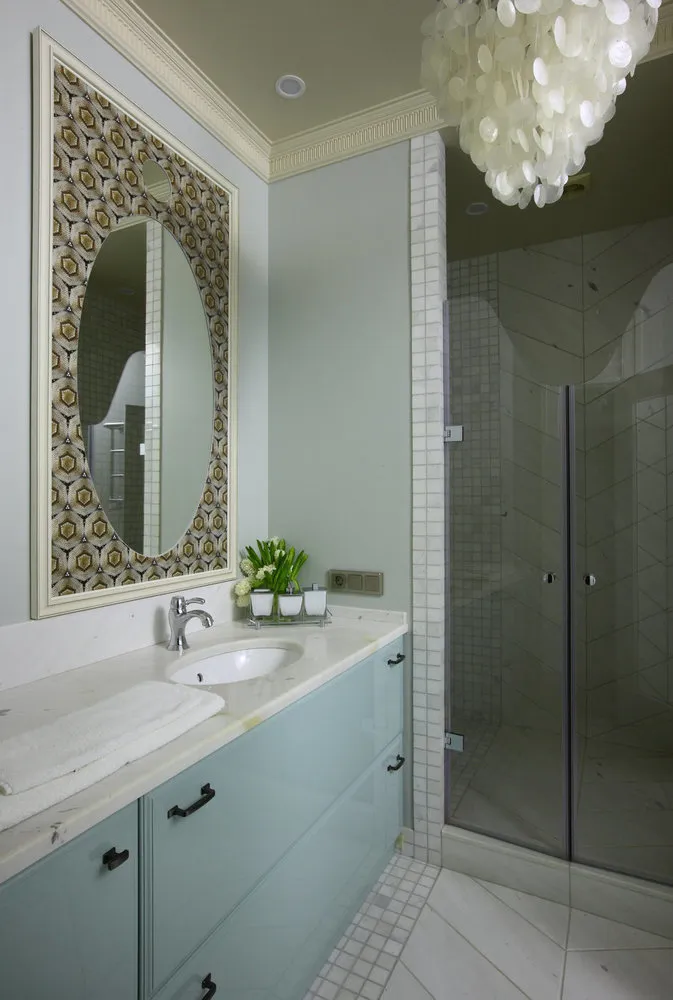
Mirror inserts
Mirror inserts in the form of separate elements will suit any direction. They add light, air, and refined glamour to space. Panels create stunning special effects and optical illusions. The room gains a special character and individuality.
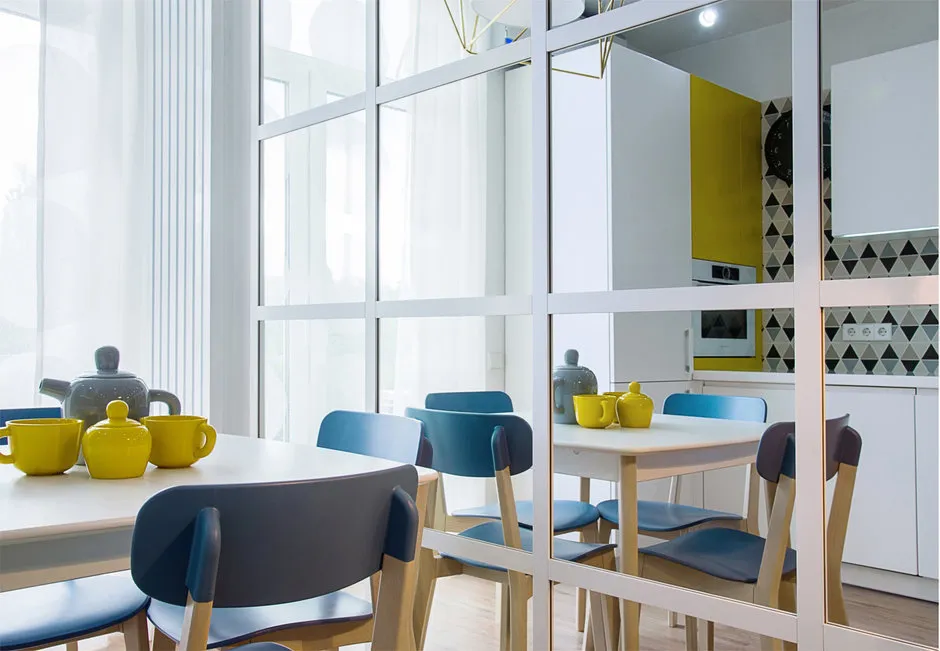 Design: Boho Studio
Design: Boho Studio
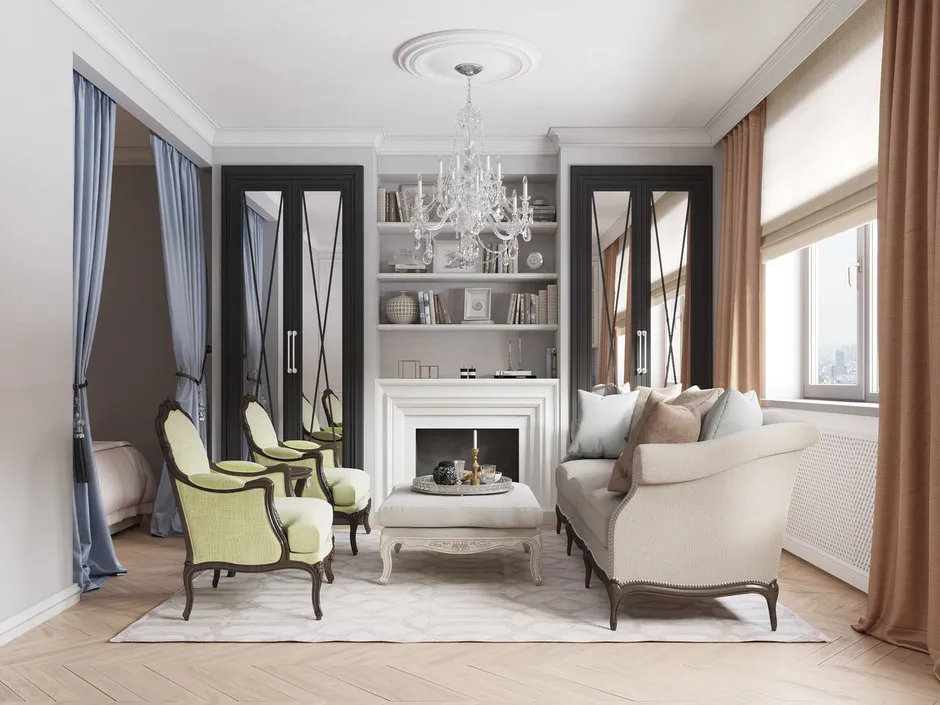 Design: Dzerass Kachmazova
Design: Dzerass Kachmazova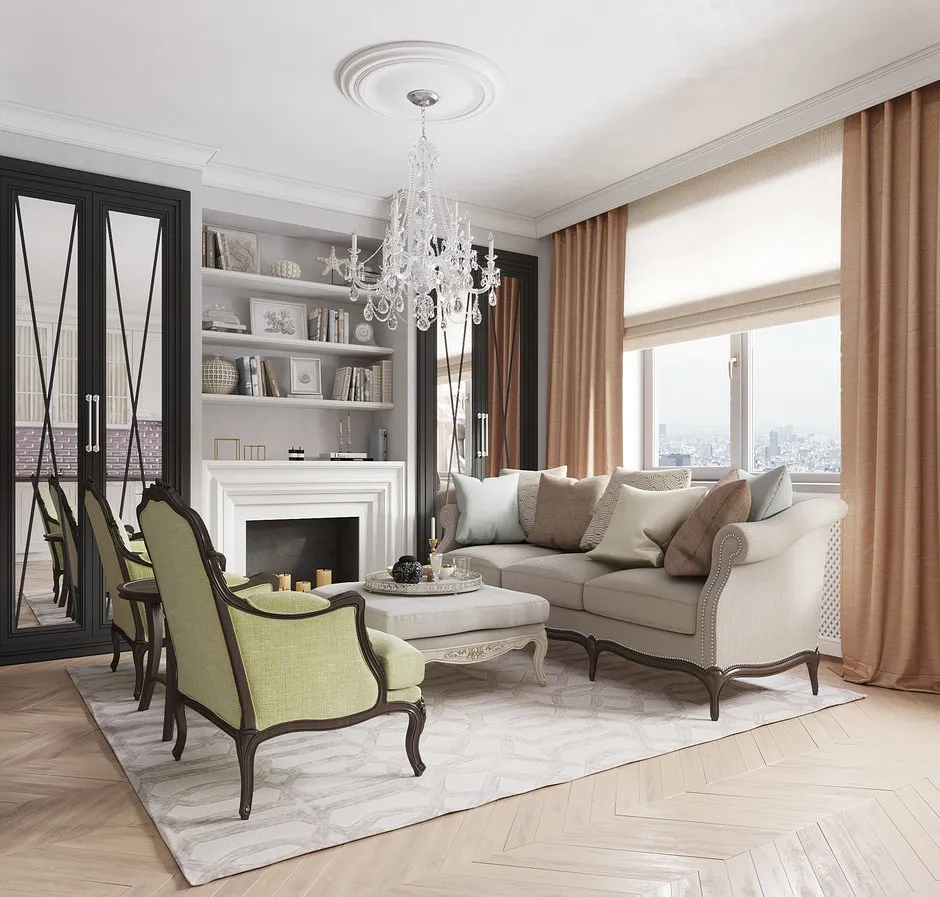
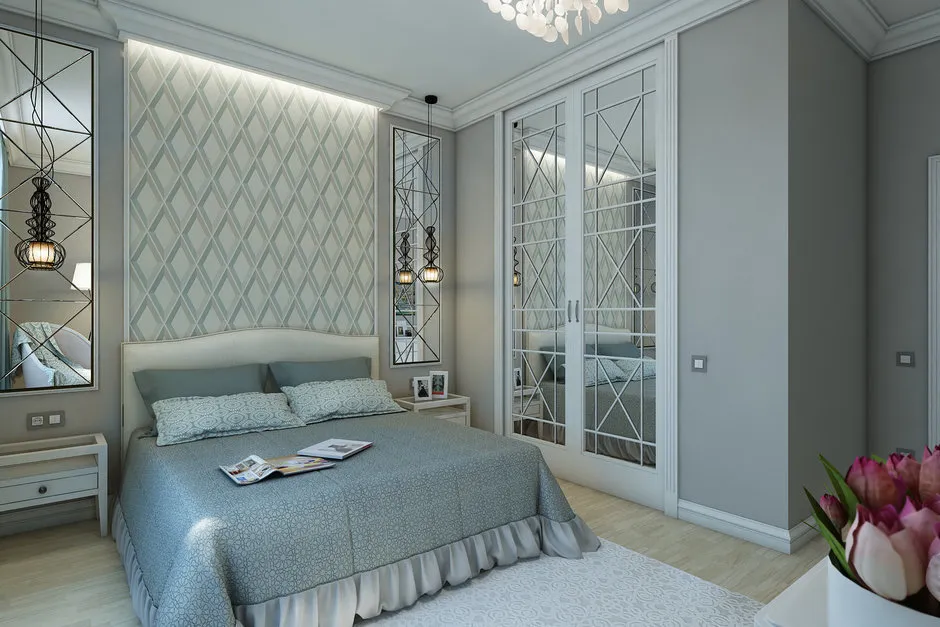 Design: Daria Denisova
Design: Daria Denisova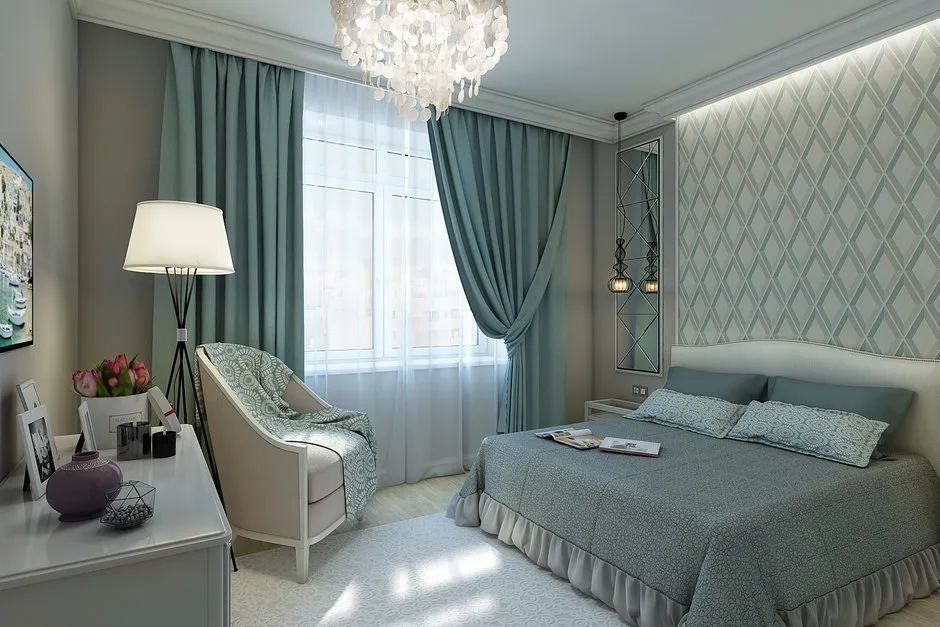
Mirror surfaces
Adding a note of originality and creativity can be achieved with mirror surfaces on furniture. Kitchen islands, coffee tables, legs of sofas, wardrobes, or sideboards will complement the spatial picture of interior design from minimalism to shabby chic. Reflecting parts visually 'dissolve' in space, allowing to 'hide' large furniture or household appliances.
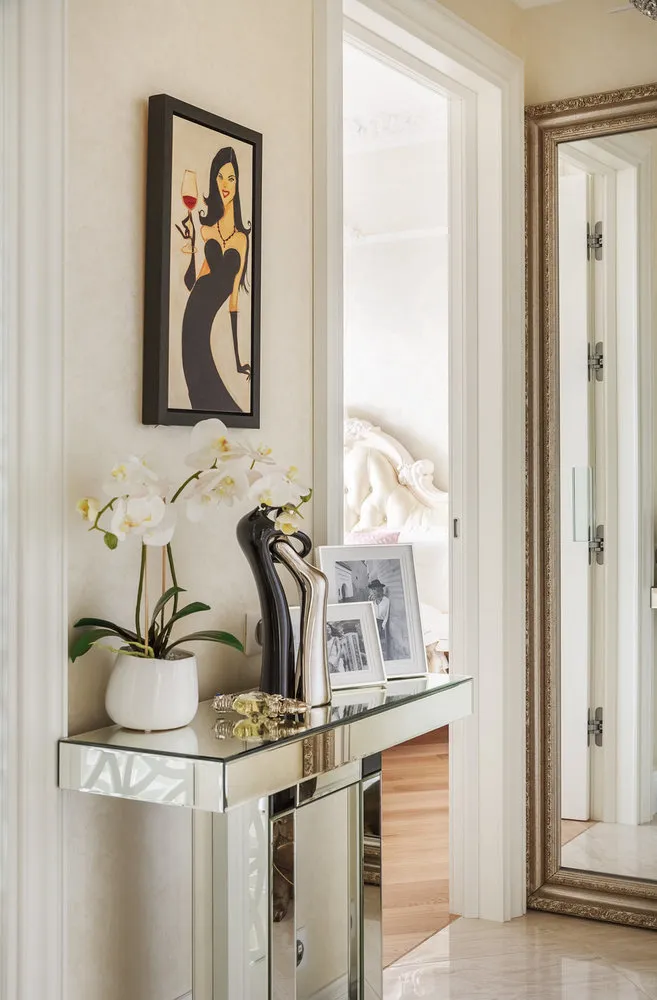 Design: Maria Rubleva
Design: Maria Rubleva
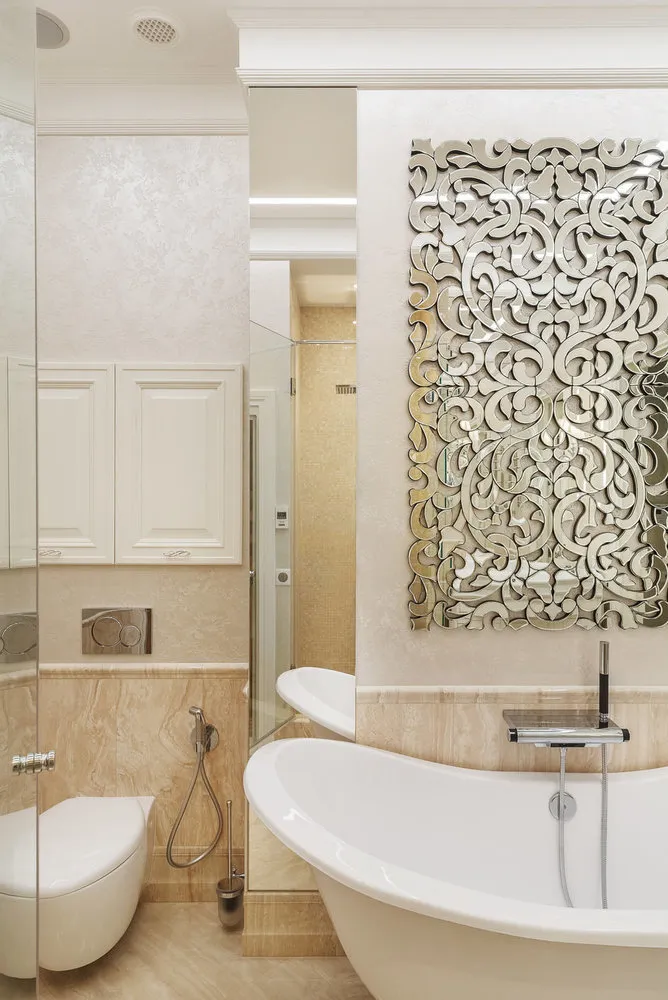
Small mirrors
A small mirror in interior design is primarily a decorative element. A multitude of identical reflecting parts of different or the same geometric shape will intensify room lighting and fill the space with a unique atmosphere of comfort.
 Design: Natalia Komova
Design: Natalia Komova
Large mirrors
Mirror panels of large size are only entering the mainstream of modern apartments and houses. A wall clad with reflecting tiles seems to 'disappear' in space, adding airiness to the interior. At the same time, it serves as an additional light source.
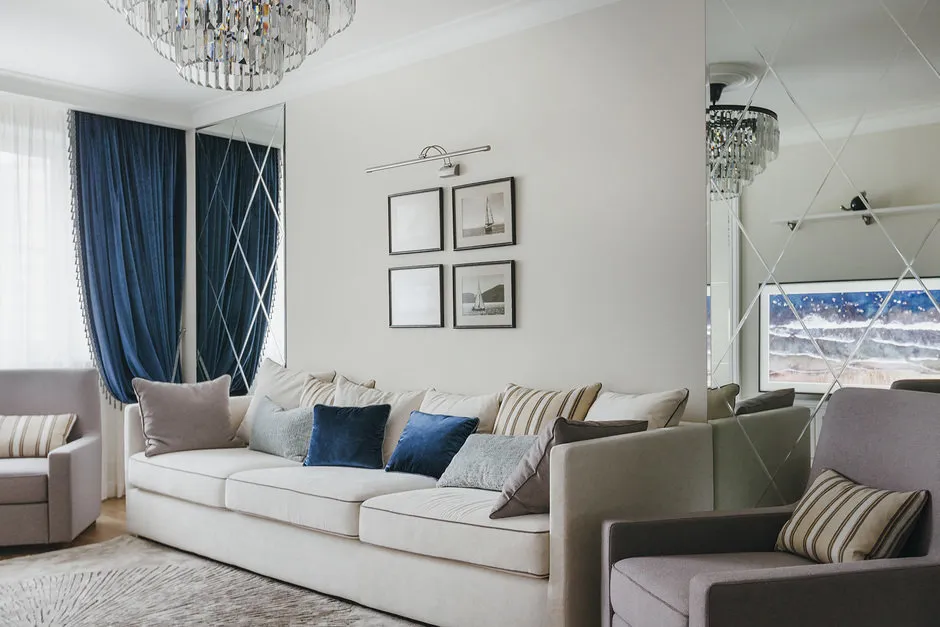 Design: Anna Simonova, Interior Studio
Design: Anna Simonova, Interior Studio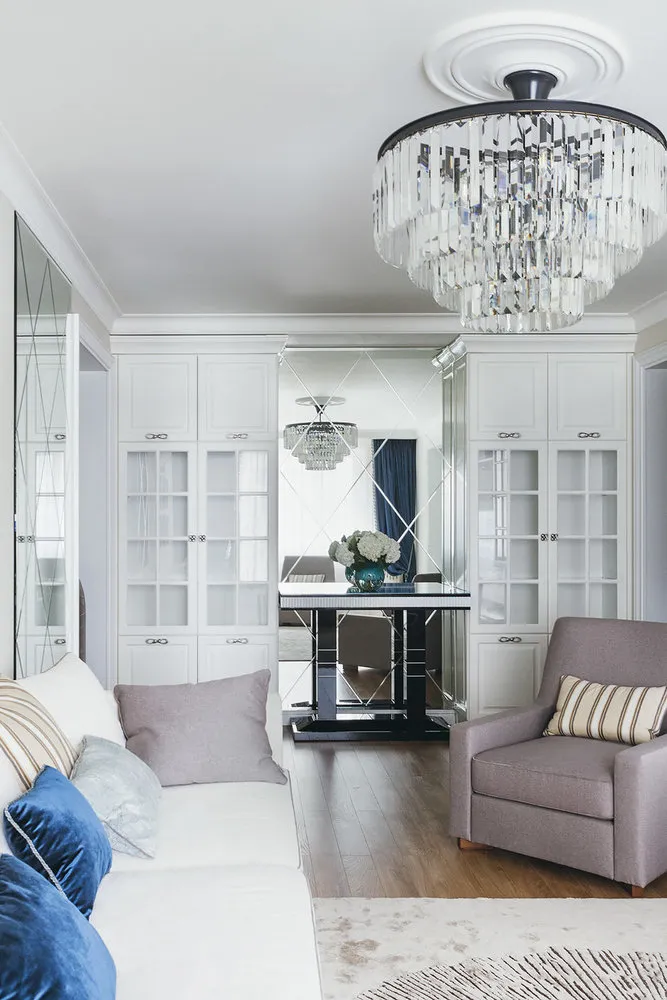
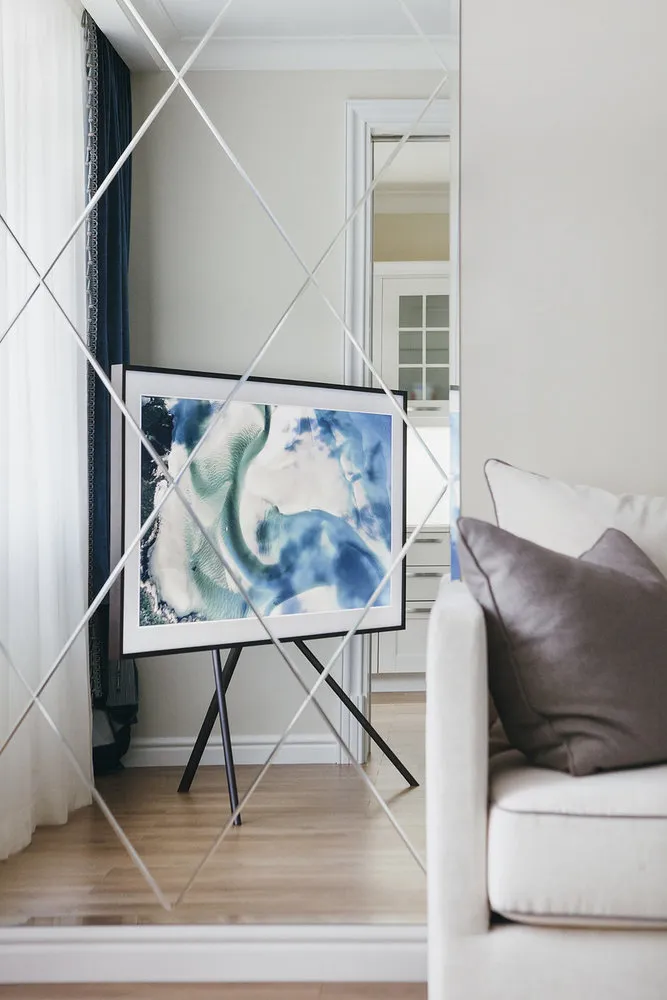
Floor mirrors
A floor mirror is universal - it visually increases ceiling height. Simply place the tallest model against the wall. A dark room will become much brighter if you direct a couple of lights directly onto the surface. Besides decorative use, floor mirrors also perform practical functions. Their dimensions allow viewing oneself in full height.
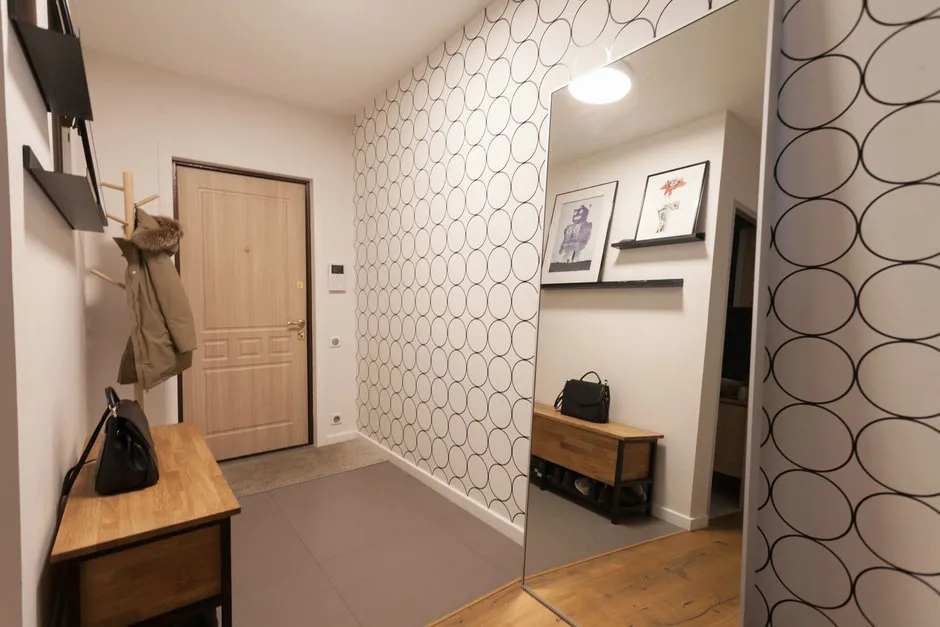 Design: Loven Skold
Design: Loven Skold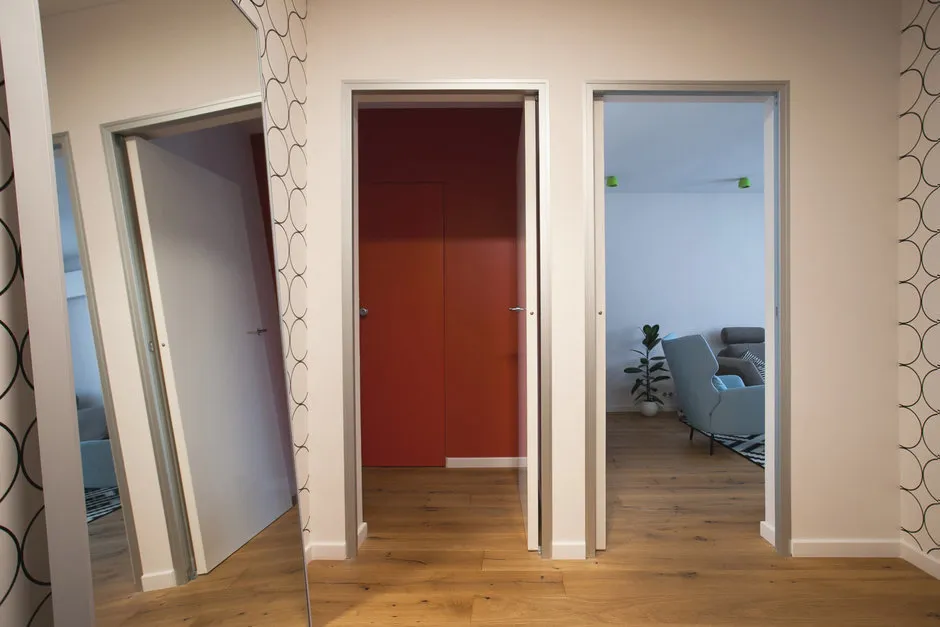
Mirror on the ceiling
An interesting designer move - a mirror surface on the ceiling. It adds solemnity and glamour to the design in modern and classical styles. An impressive element adds space and height to the room, noticeably standing out among similar interiors with an unusual solution.
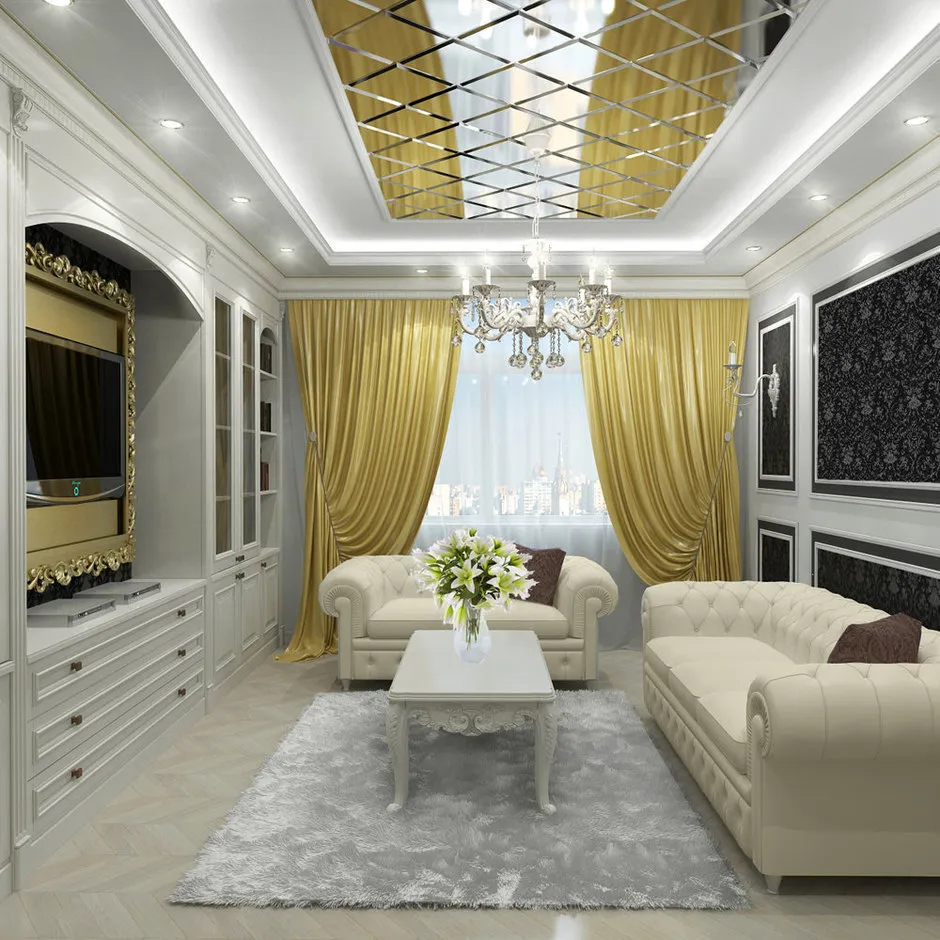 Design: Maria Vlasova
Design: Maria Vlasova
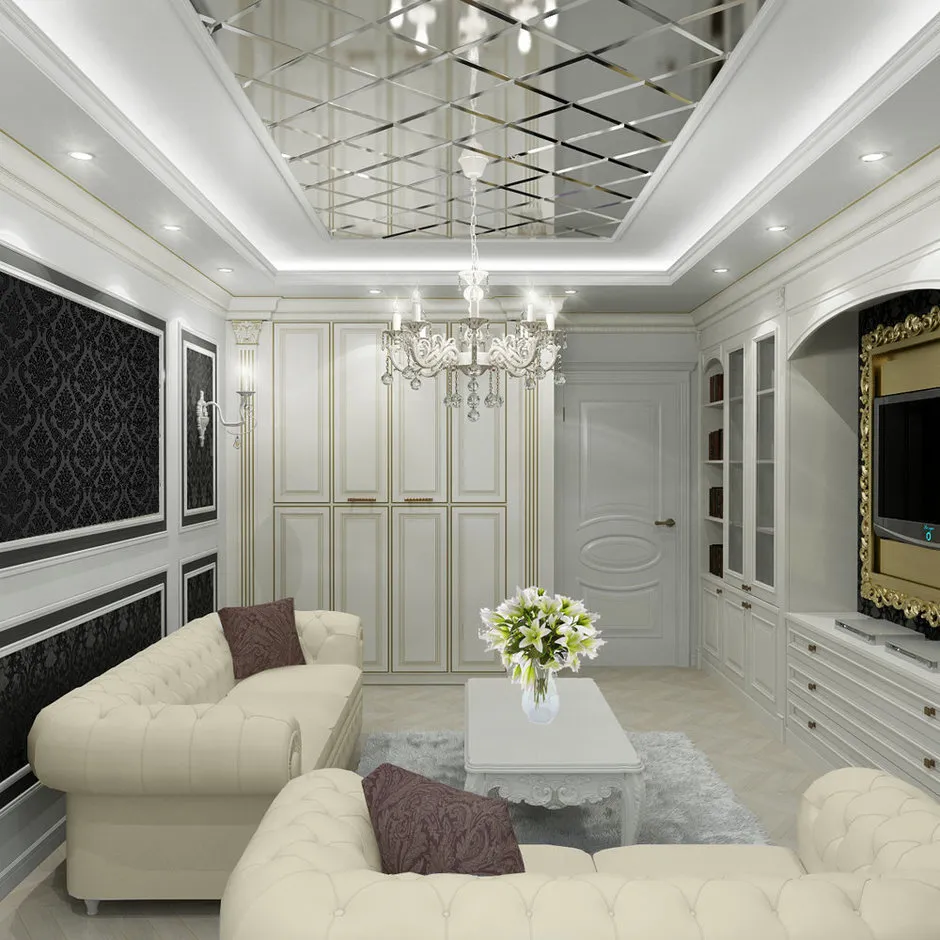
Shape of the mirror - geometry of reflections
Finding the necessary shape of a mirror is not difficult. Salons and shops offer a wide variety for every taste and budget. A rectangular shape should be chosen with regard to wall dimensions. The decor should not 'fade' into the background or look like an alien item. Oval or round shapes are more functional - they harmoniously fit into any environment.
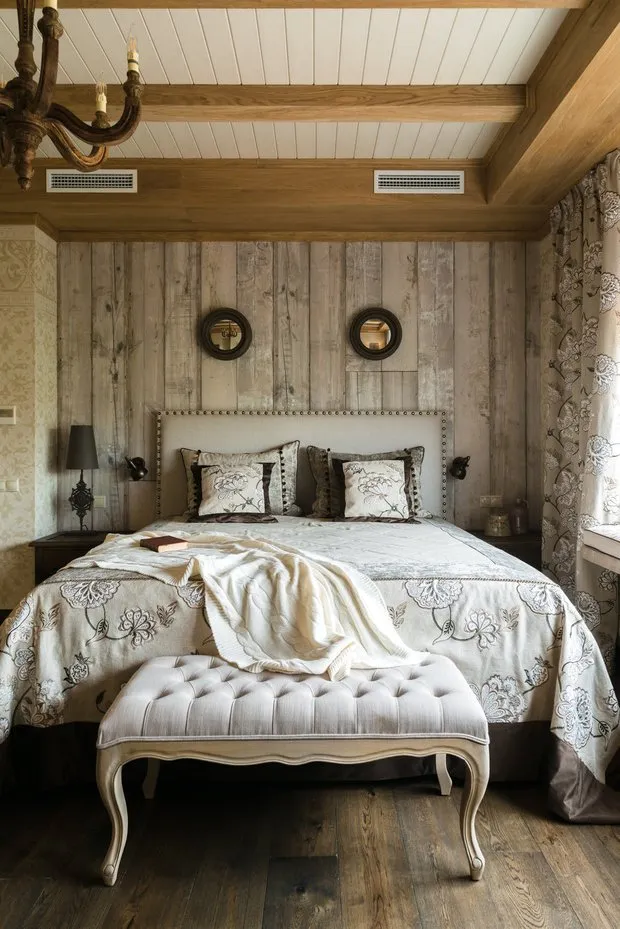 Design: Anna Khramova-Lupenko
Design: Anna Khramova-Lupenko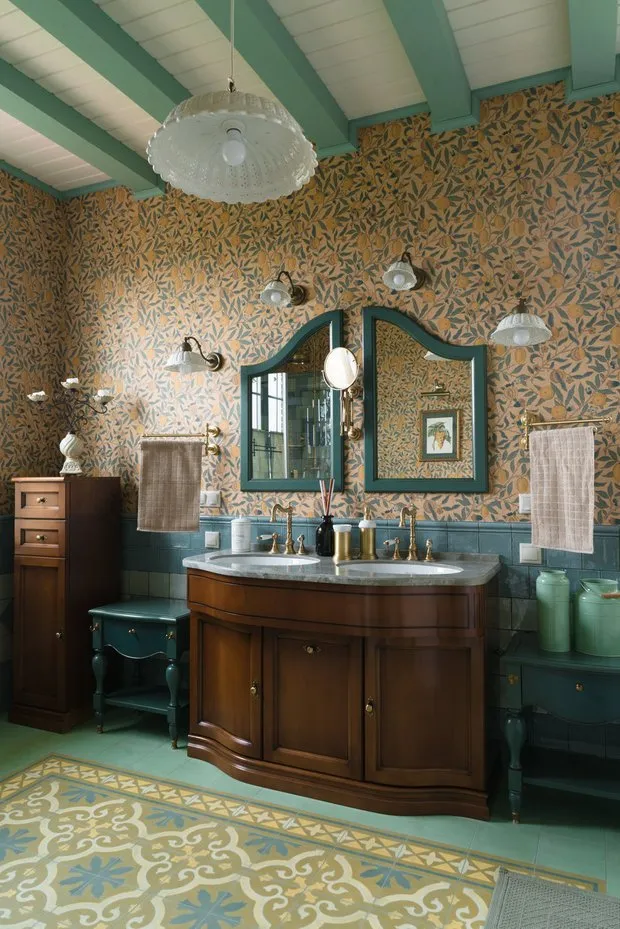
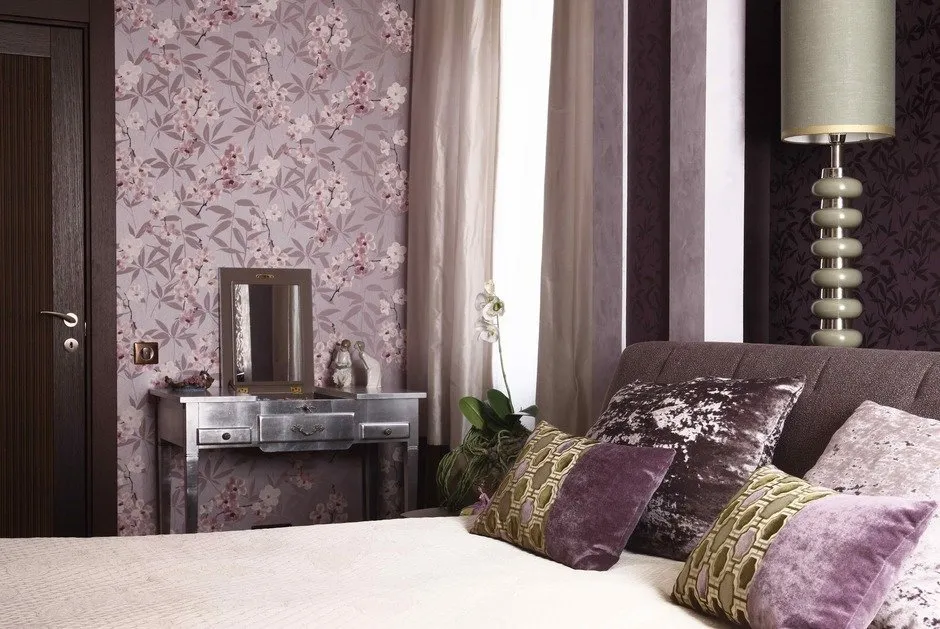 Design Irina Tatarnikova
Design Irina Tatarnikova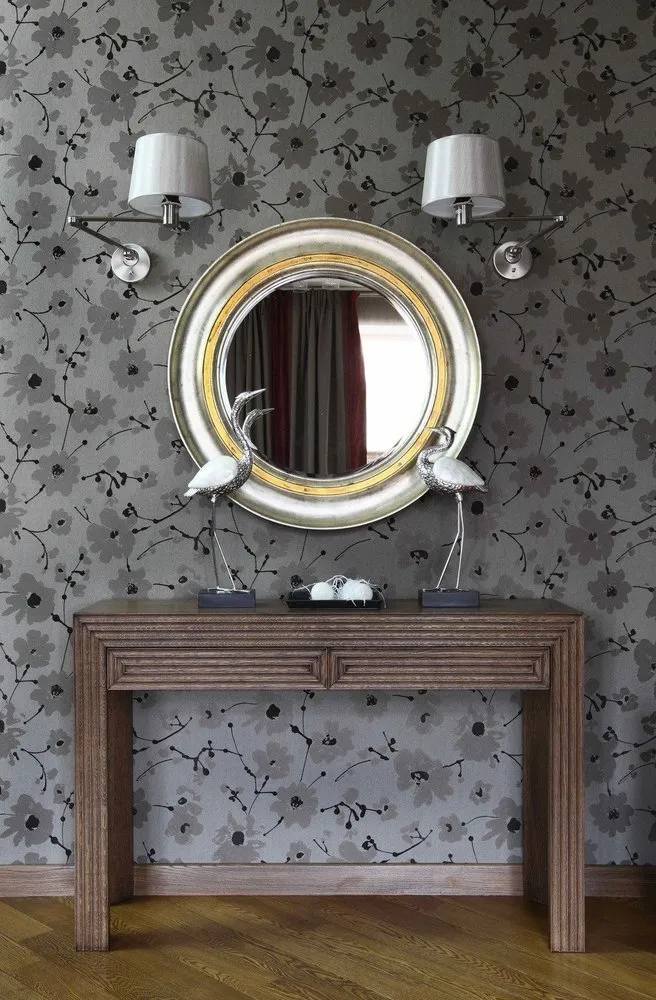
Unusual designer mirrors
A mirror with an interesting frame, unusual shape and color, without doubt, will become the center of attraction in home decoration. Colorful mirror surfaces with rainbow streaks will delight lovers of vibrant colors in the Provence and Art Deco styles. Relief and non-standard geometry will be appreciated by enthusiasts of high-tech and modern styles.
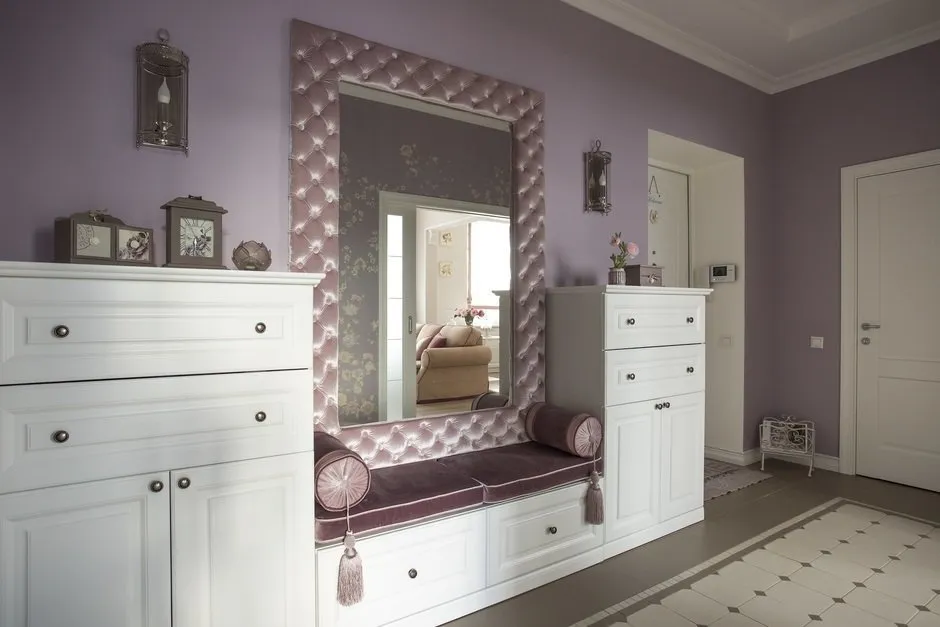 Design: Svetlana Yurkova
Design: Svetlana Yurkova 
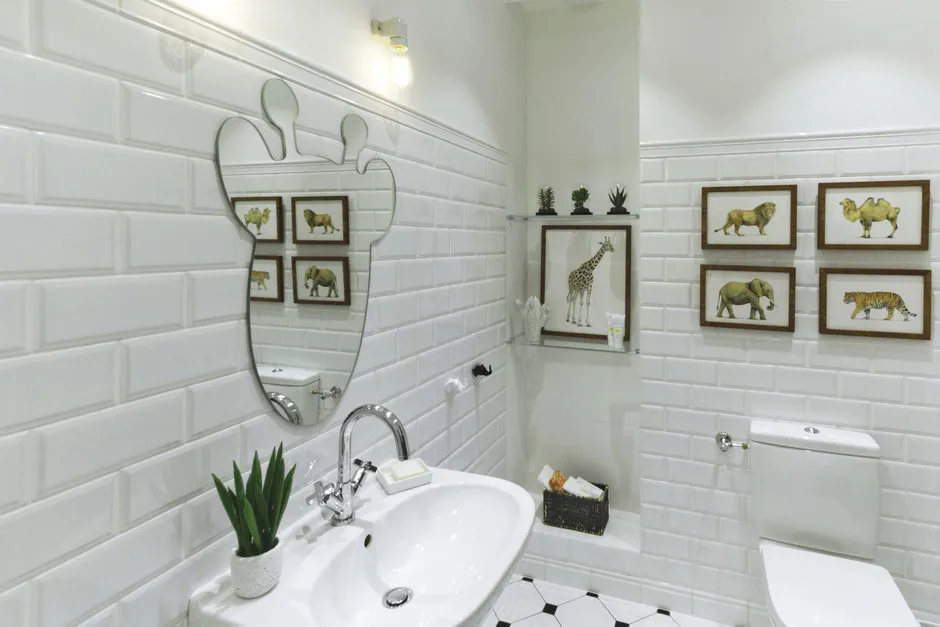 Design: Olga Shapovalova
Design: Olga Shapovalova
A mirror is a wonderful item endowed with magical, practical, and decorative functions. Its potential is multifaceted and extends to all functional living zones. Following basic placement rules, the interior gains a finished harmonious look.
Design ideas can be explored in the following photos:
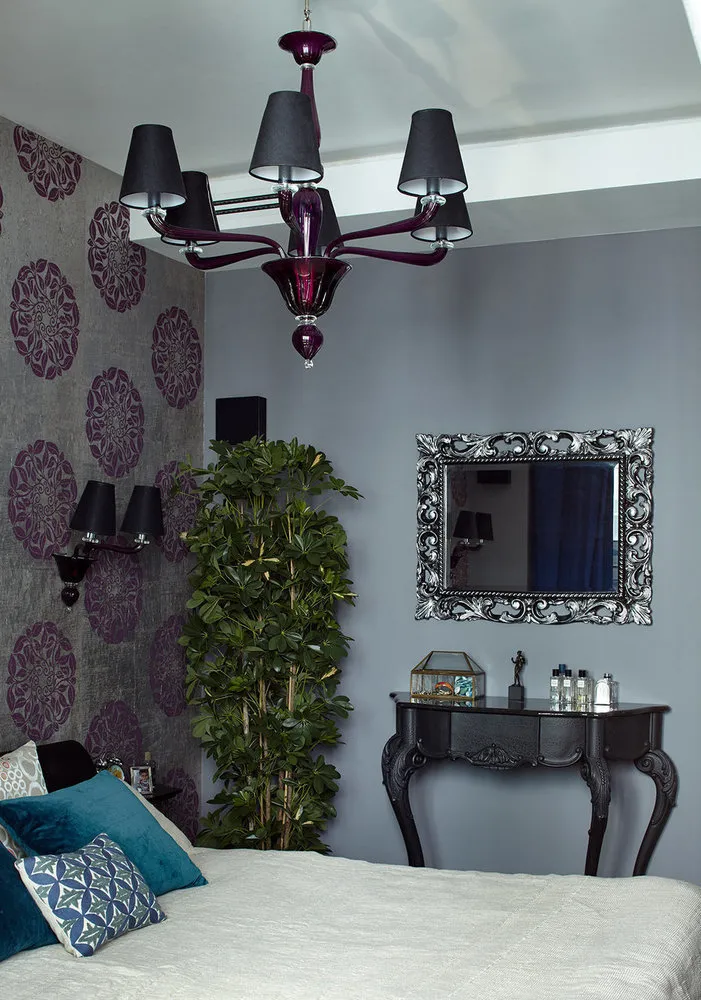 Design: Elena Semenova
Design: Elena Semenova
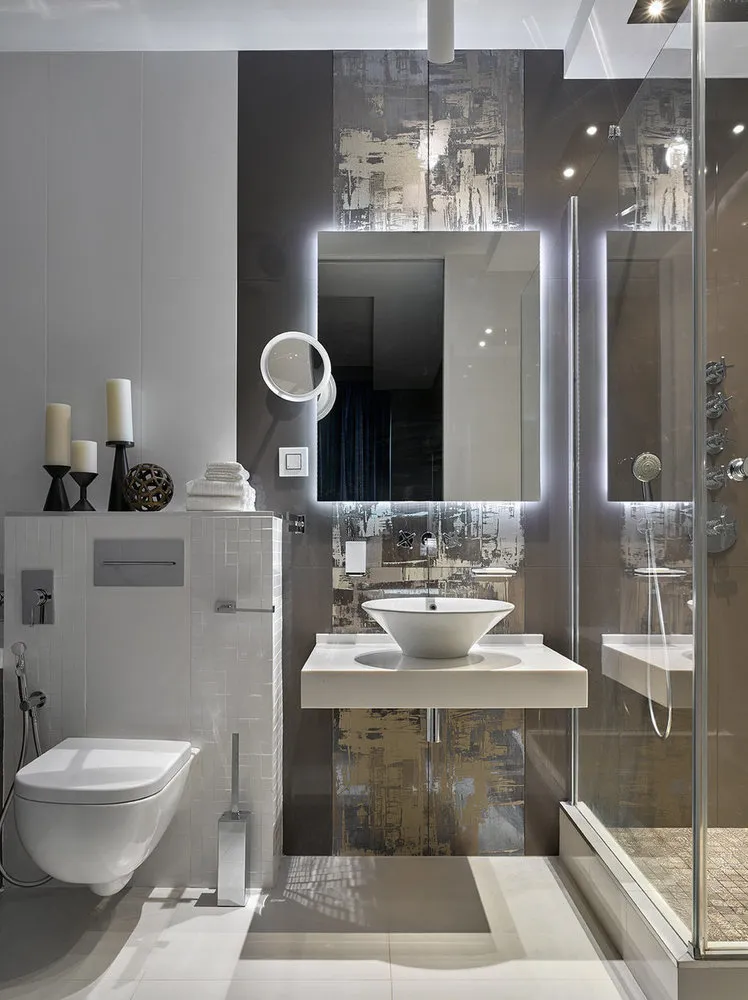
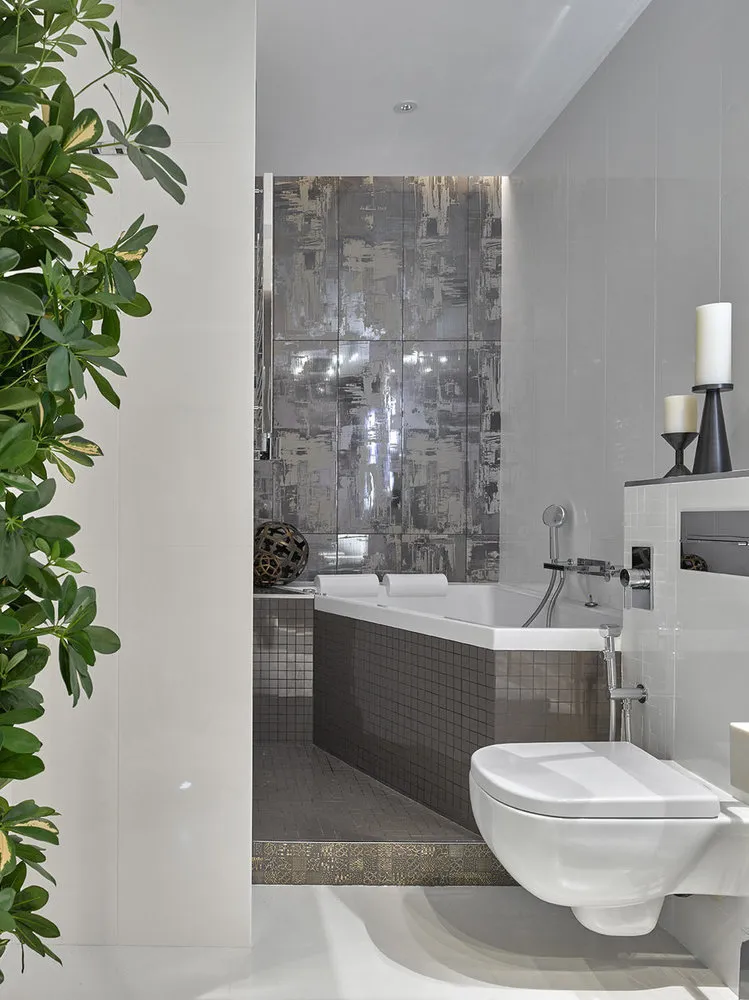
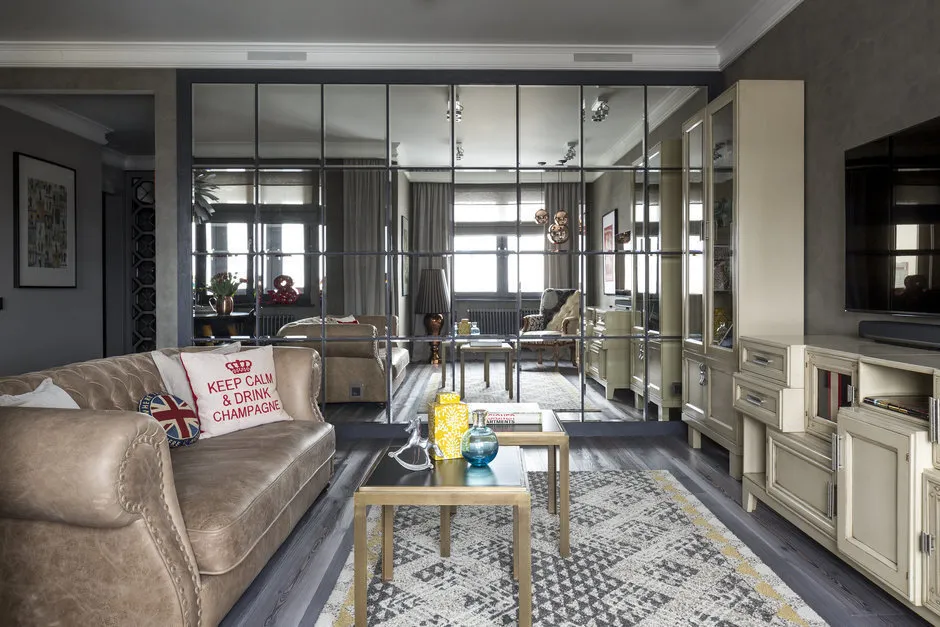 Design: Zhenya Zhdanova
Design: Zhenya Zhdanova
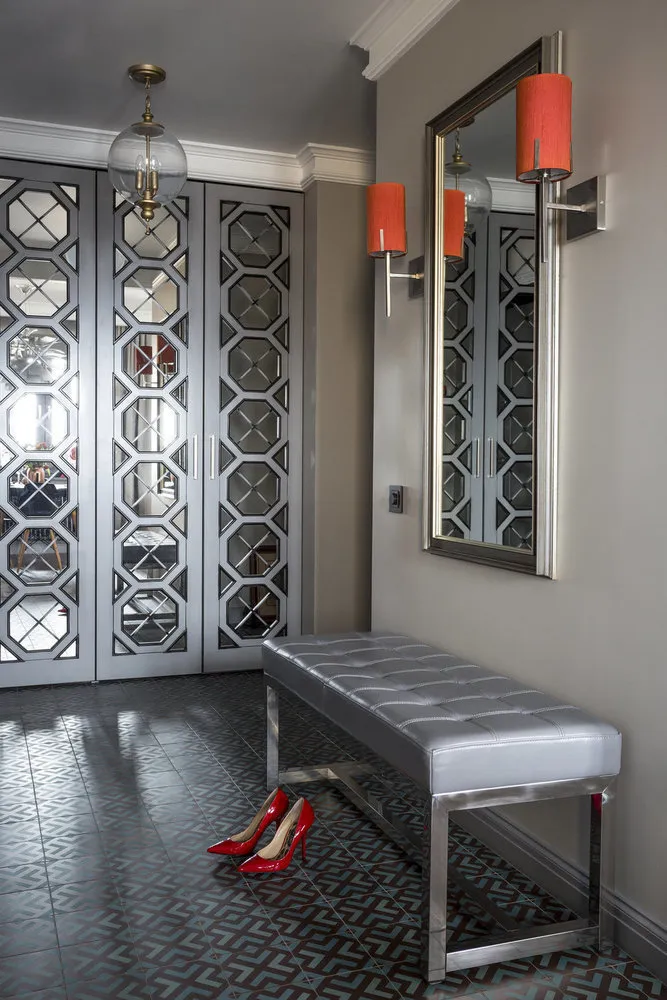
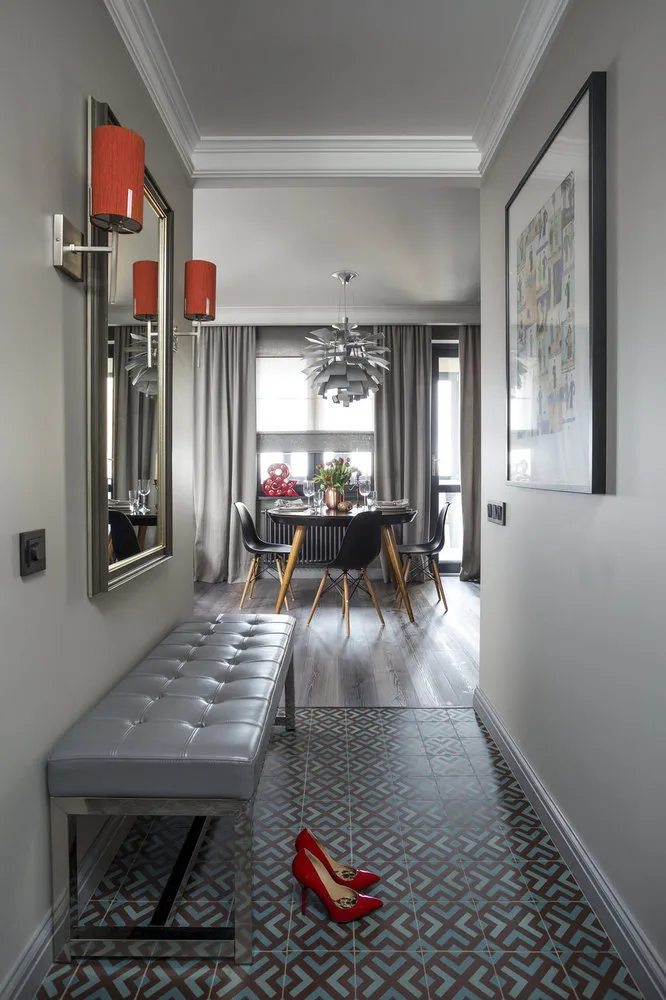
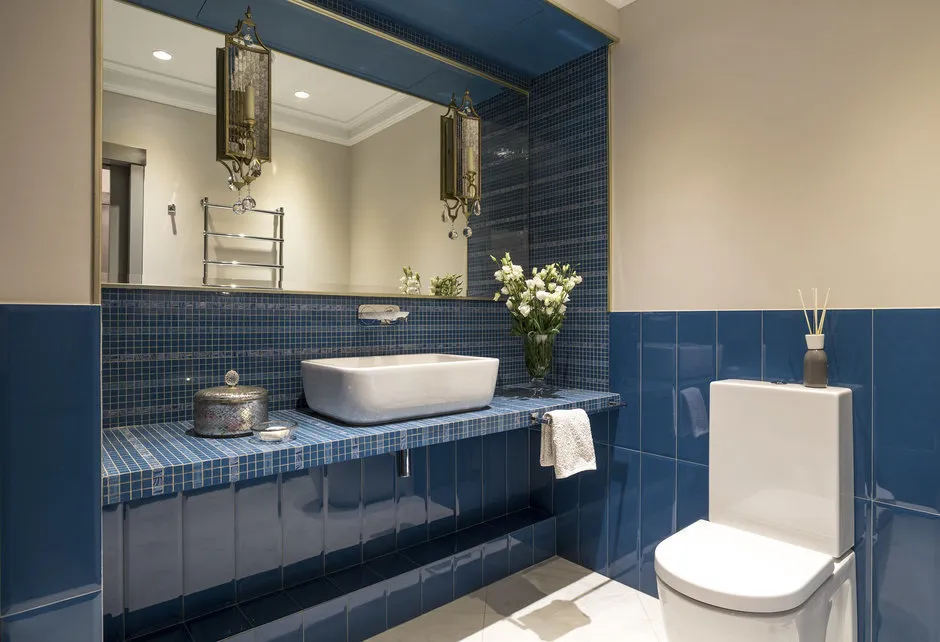
 Design: Subiq Studio
Design: Subiq Studio
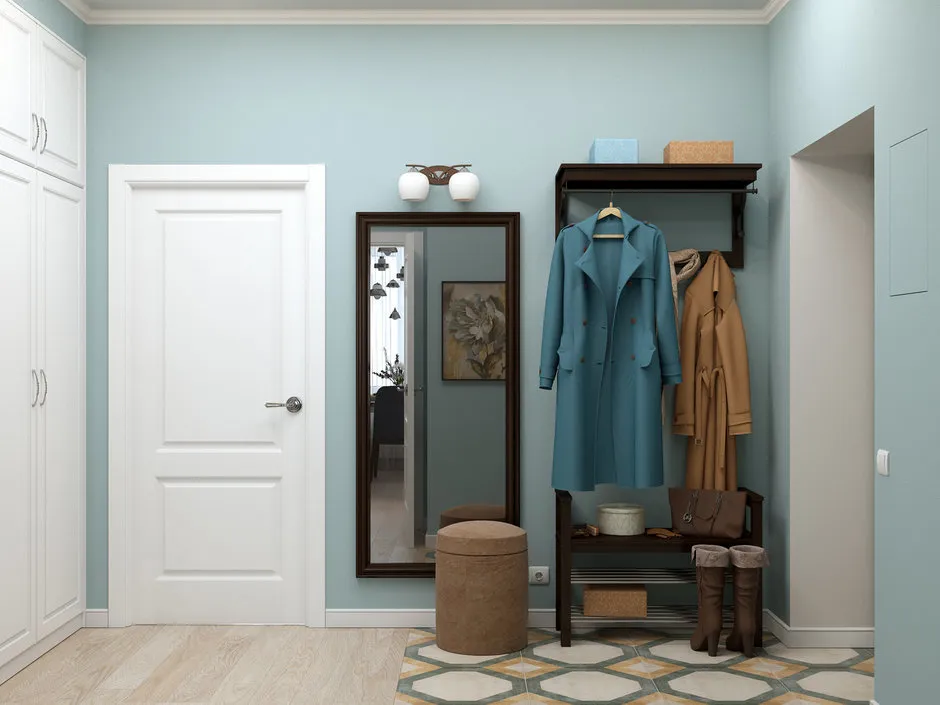


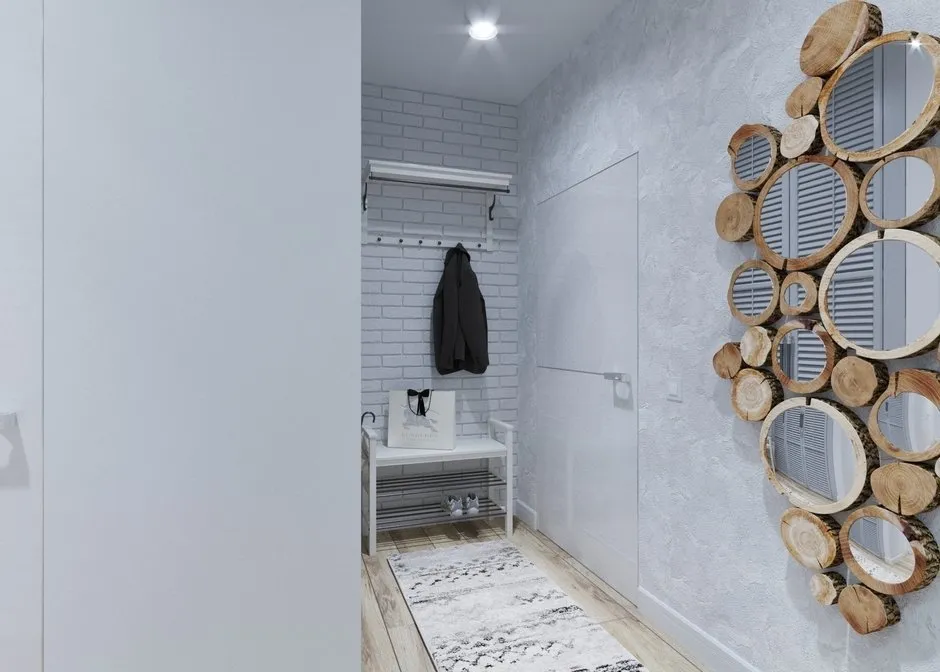 Design: Tatyana Krygina
Design: Tatyana Krygina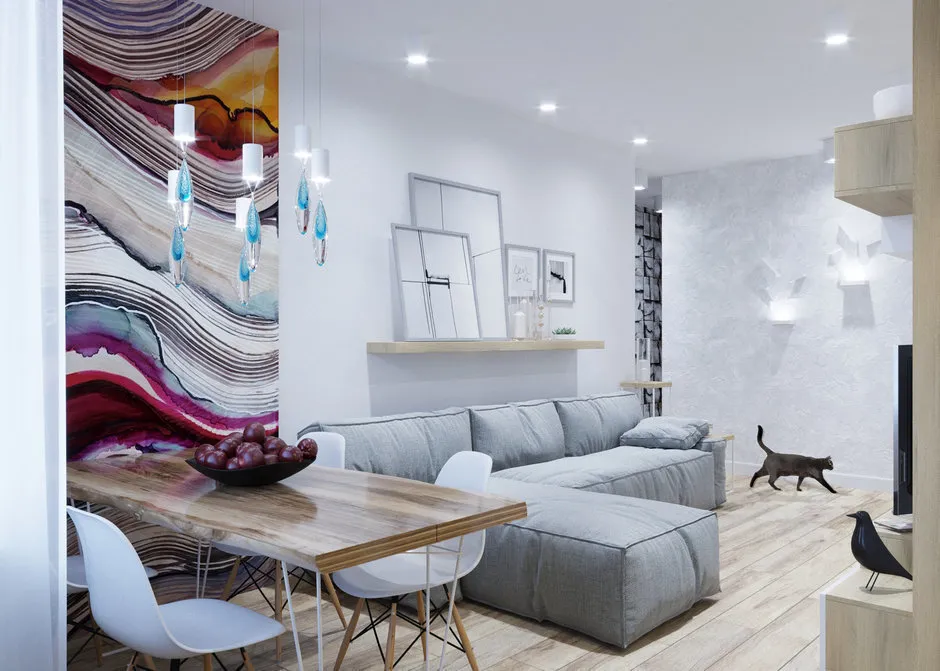
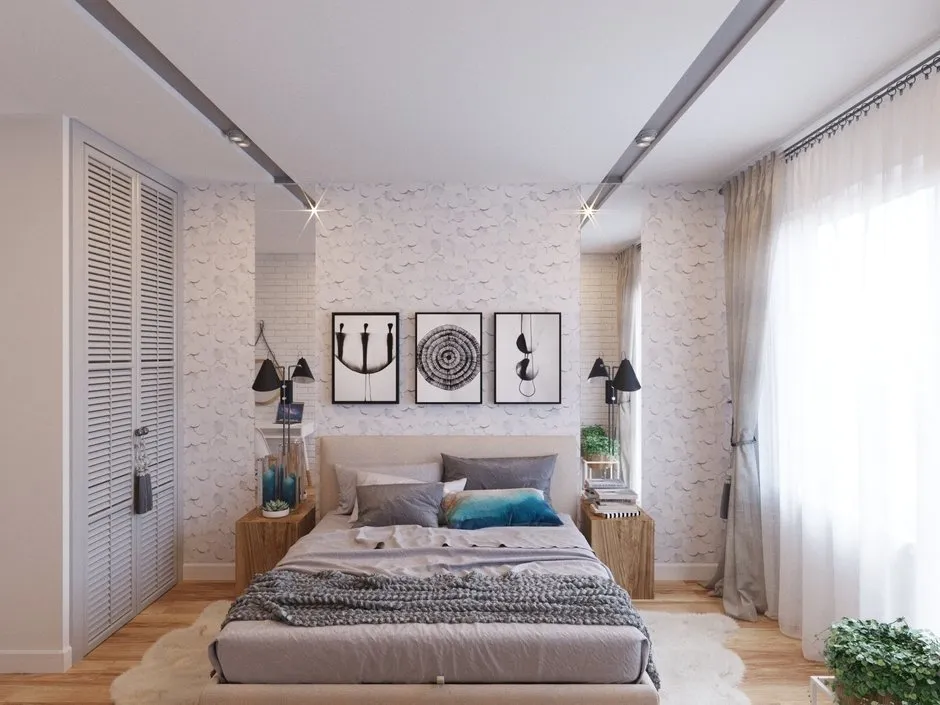
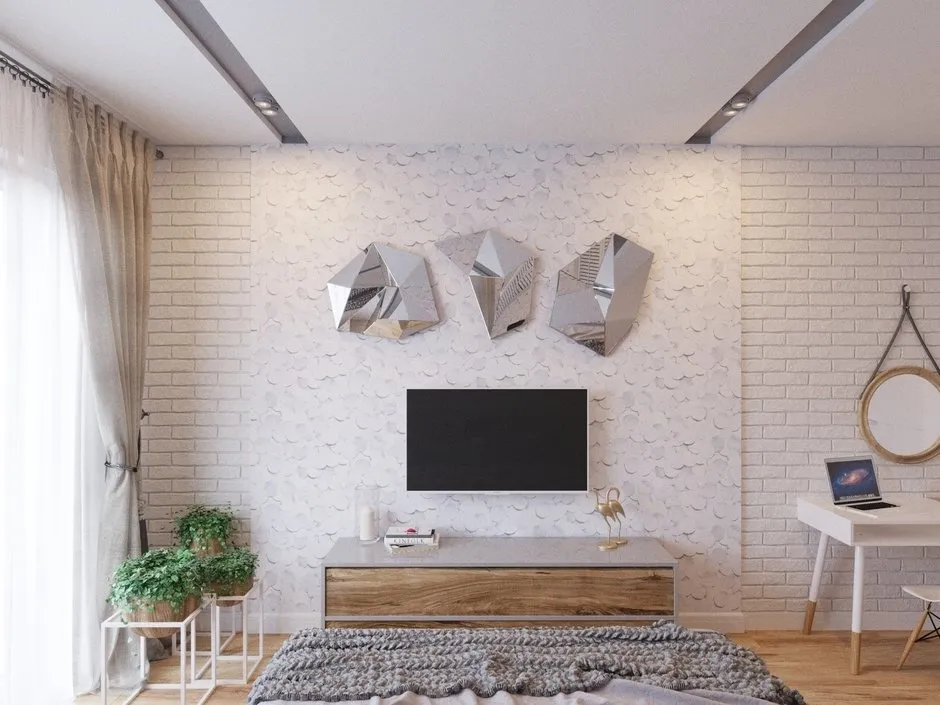
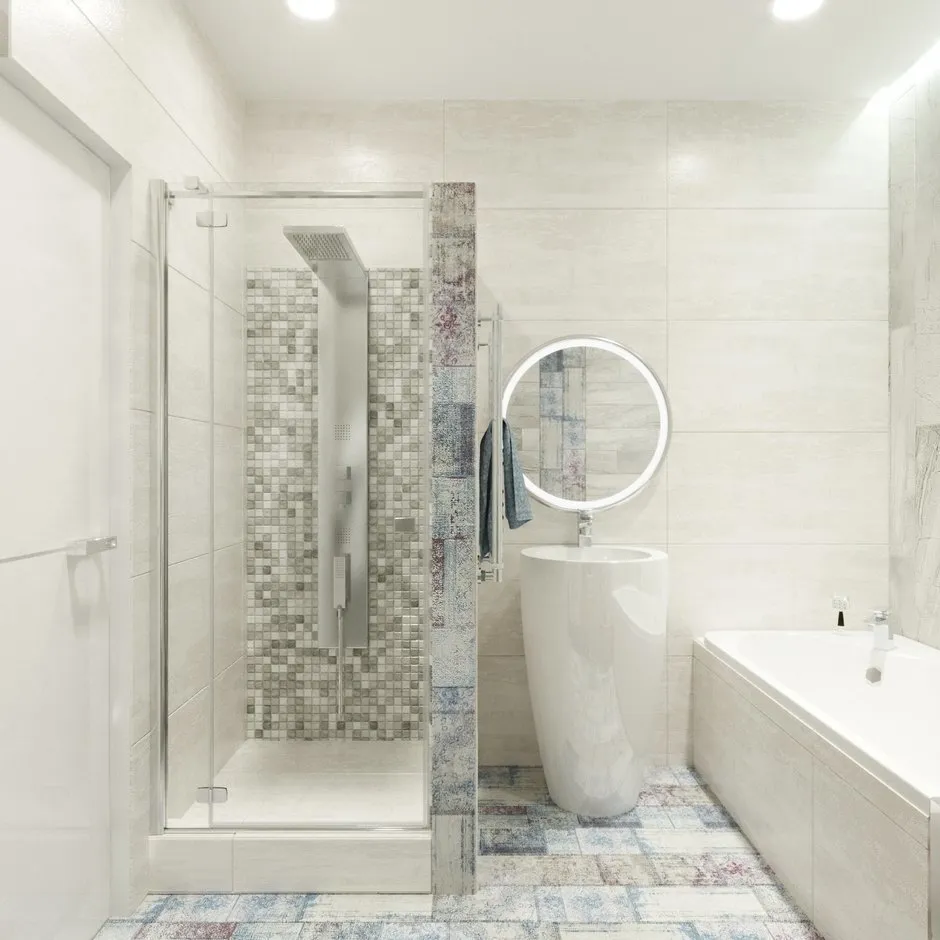
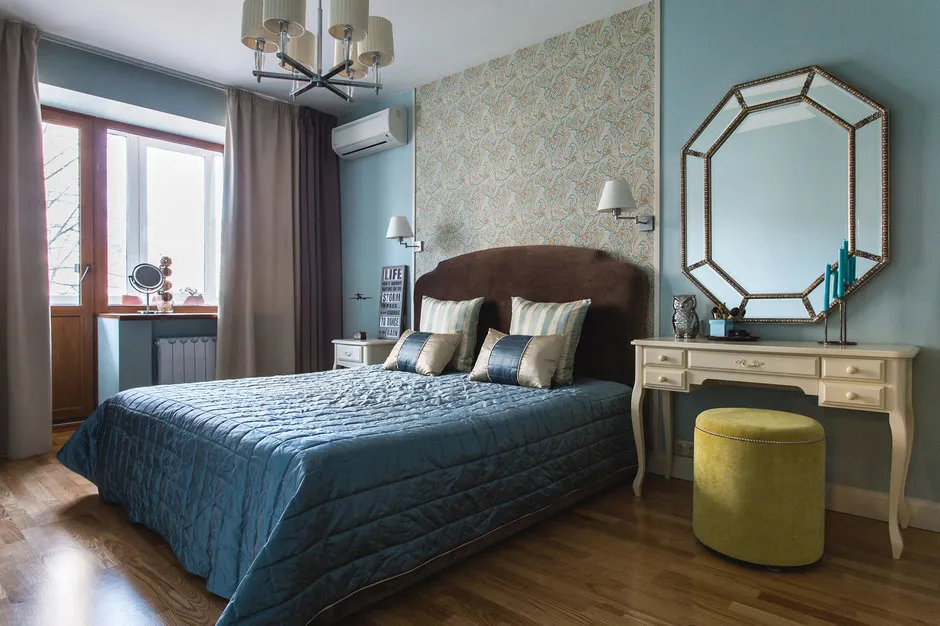 Design: Tatyana Kuzmina, Liliya Lobanova
Design: Tatyana Kuzmina, Liliya Lobanova
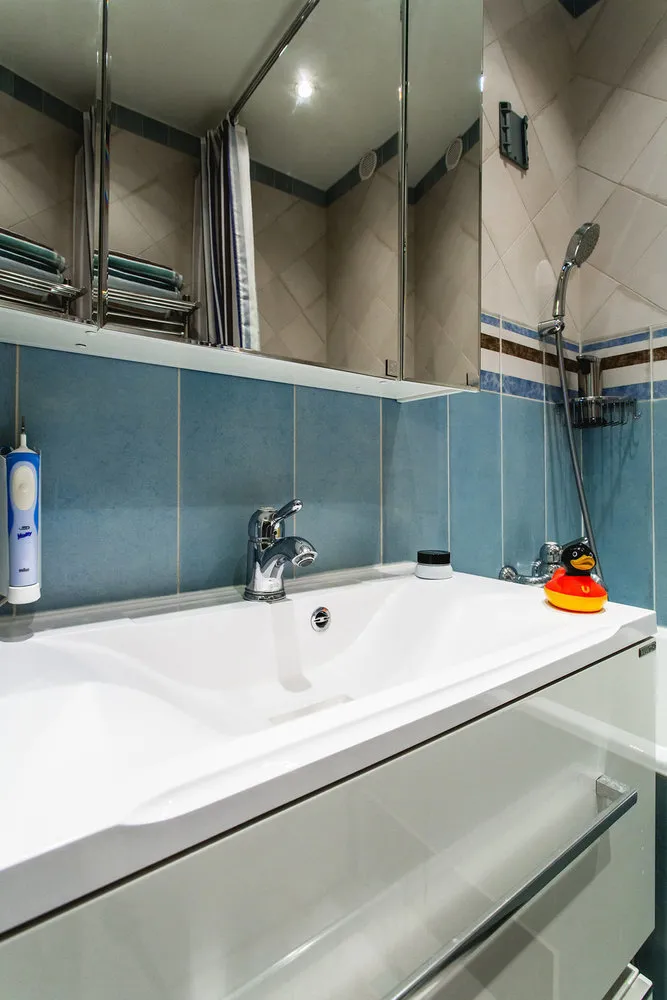
How the space changes depending on mirror placement can be seen in the following video:
The cover features a project by architect Nikita Morozov.
More articles:
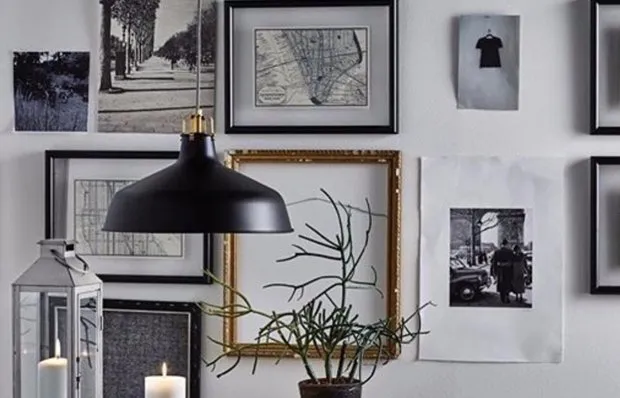 Photo on the Wall: Interior Design Ideas
Photo on the Wall: Interior Design Ideas Most Comfortable Bedrooms in Light Tones in Different Styles: Classical, Country, Japanese
Most Comfortable Bedrooms in Light Tones in Different Styles: Classical, Country, Japanese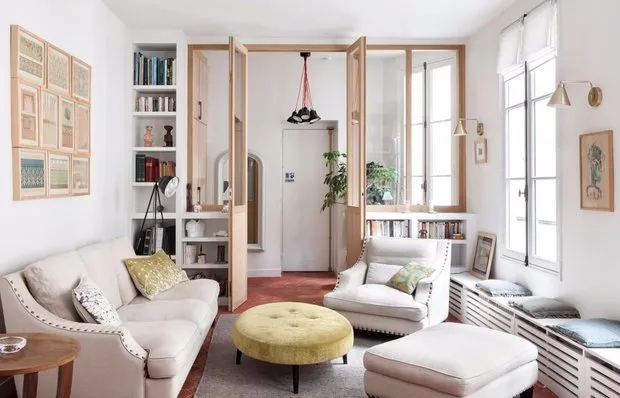 Tiny Paris Apartment with Thoughtful Storage and Bold Accents
Tiny Paris Apartment with Thoughtful Storage and Bold Accents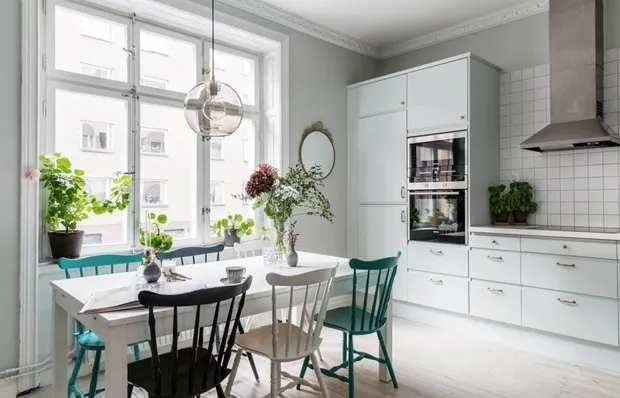 How to Combine Classic and Modern Style: A 2-Room Apartment in Stockholm
How to Combine Classic and Modern Style: A 2-Room Apartment in Stockholm Peaceful Interior and White Walls: Chalet in Switzerland
Peaceful Interior and White Walls: Chalet in Switzerland Interior Design of a Two-Room Apartment
Interior Design of a Two-Room Apartment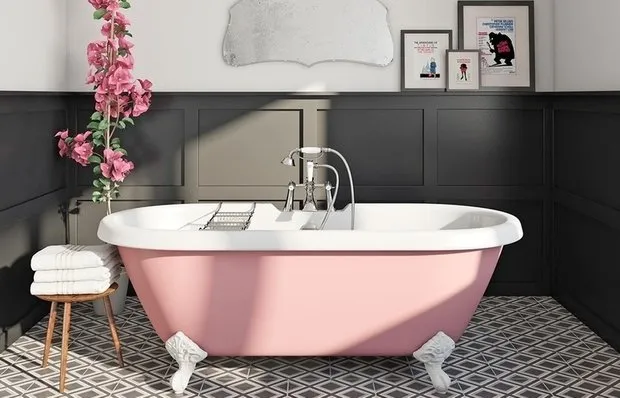 How to Create a Home Spa: Simple Tips from Designers
How to Create a Home Spa: Simple Tips from Designers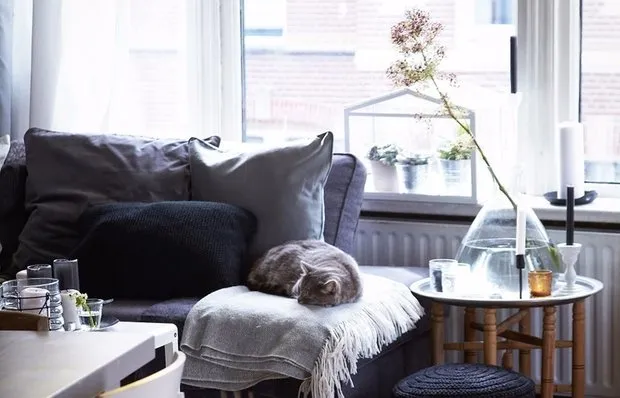 Hours of Silence: Fighting Noisy Neighbors
Hours of Silence: Fighting Noisy Neighbors